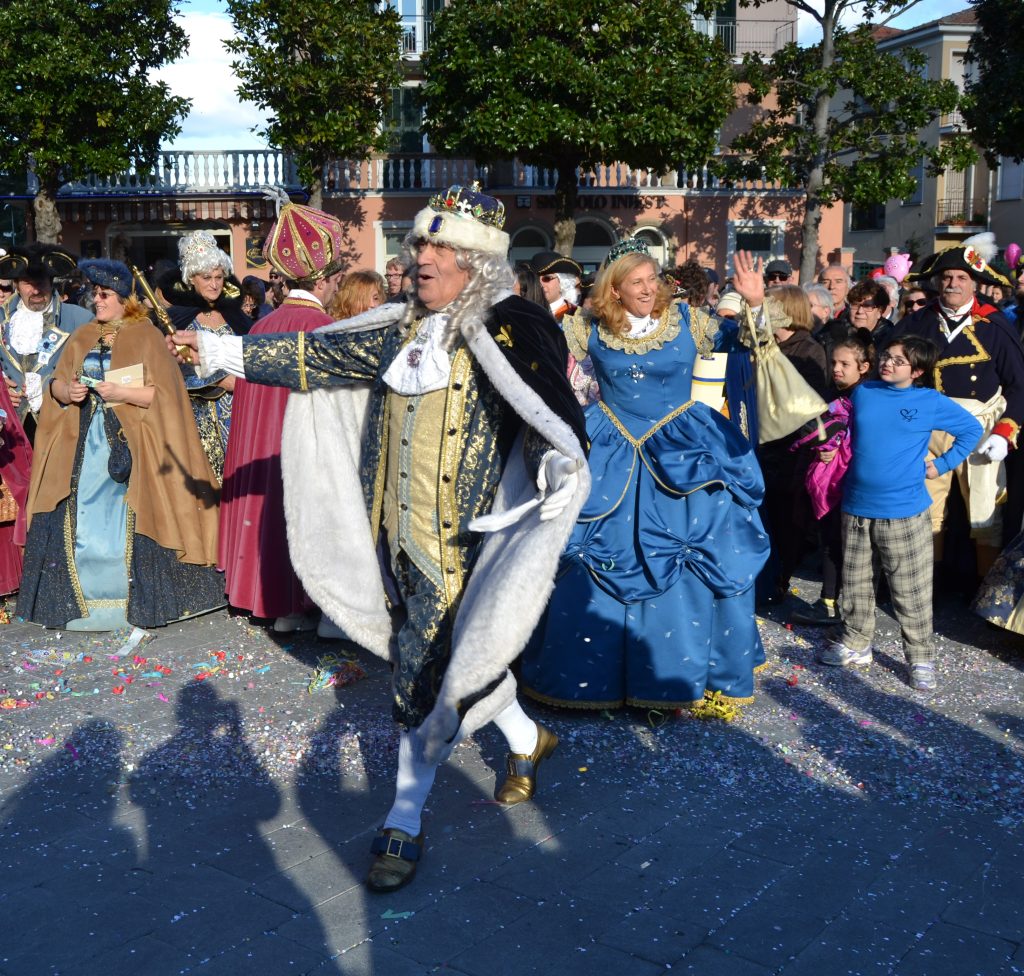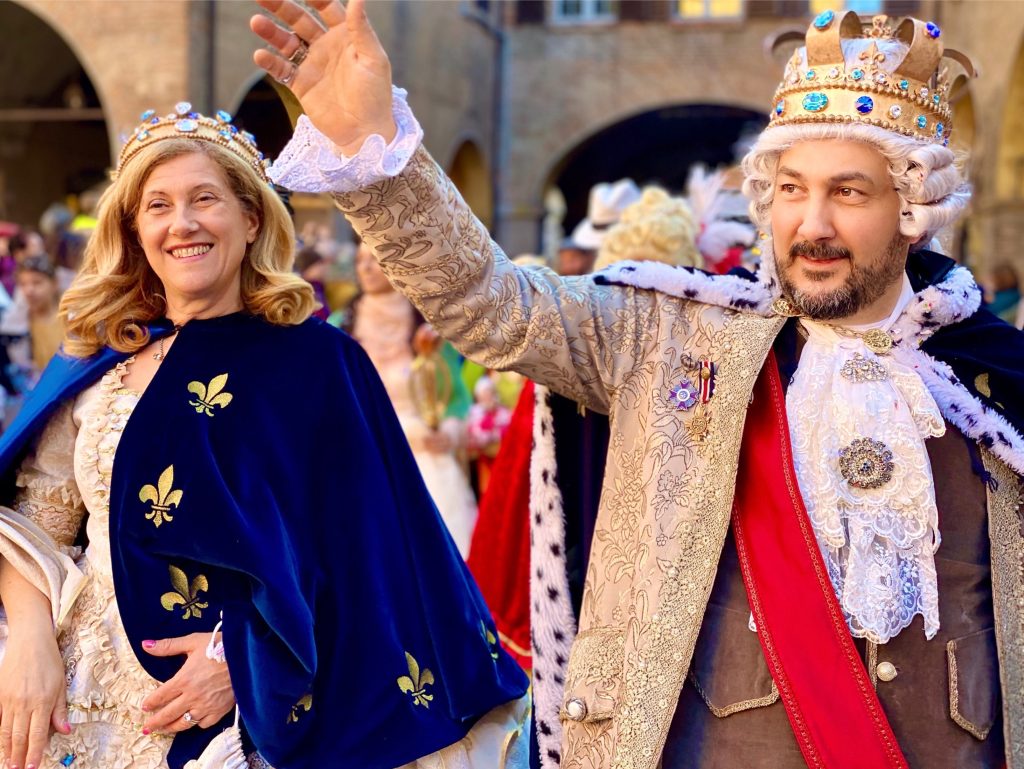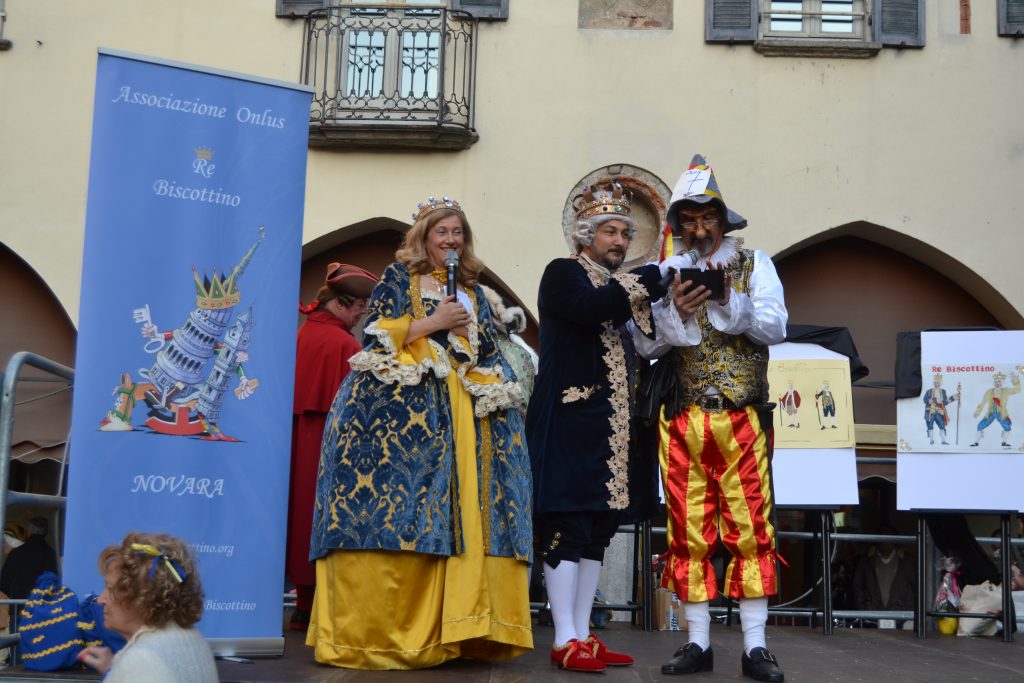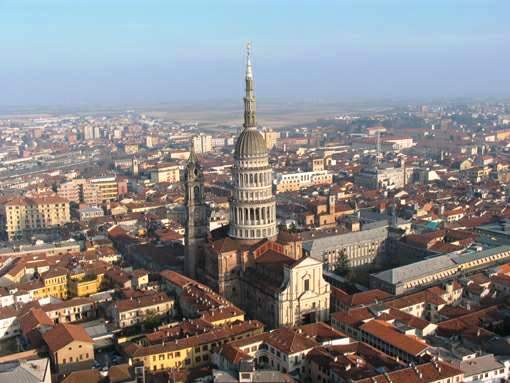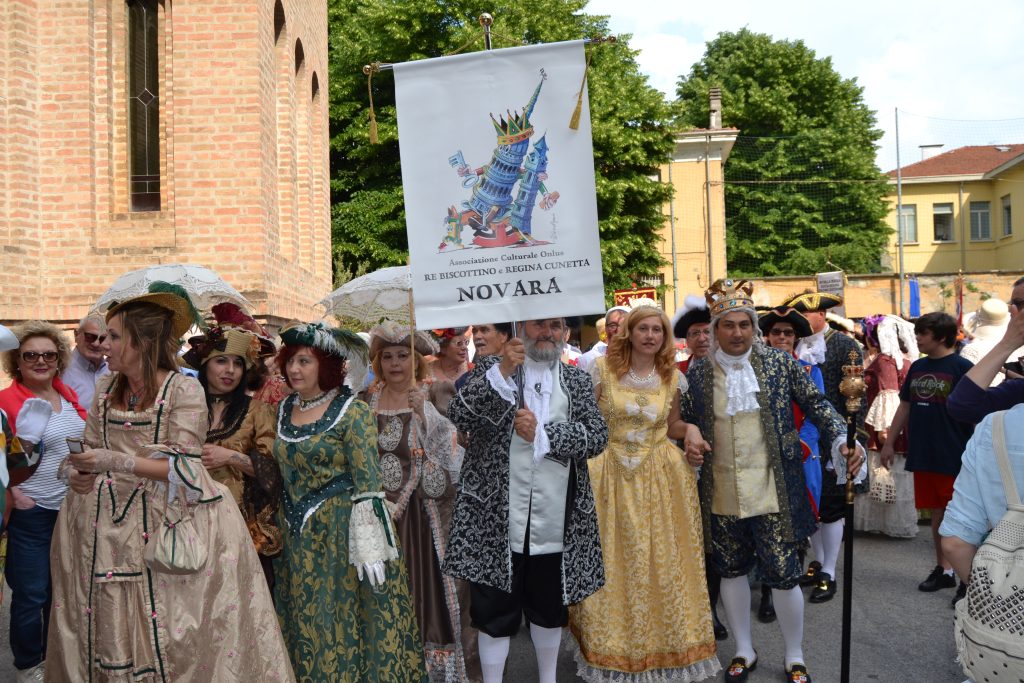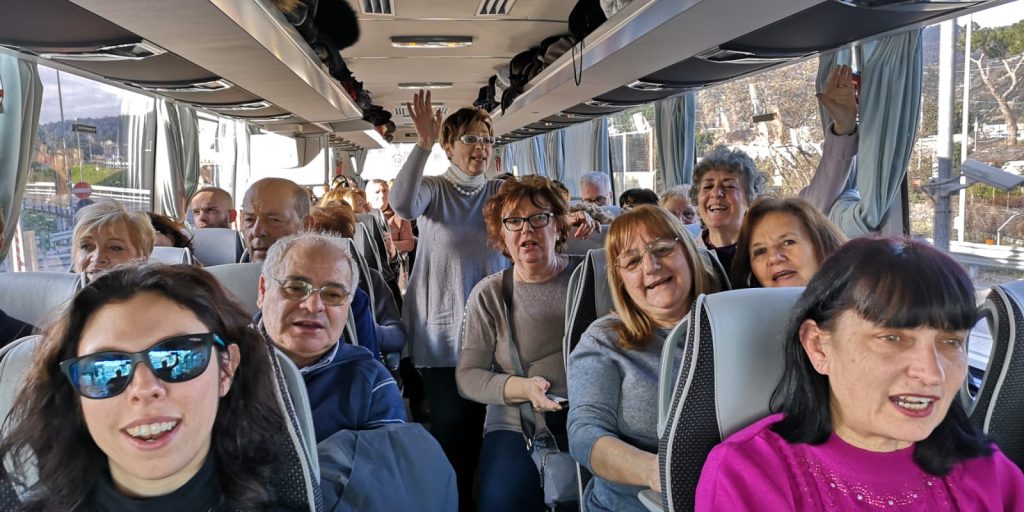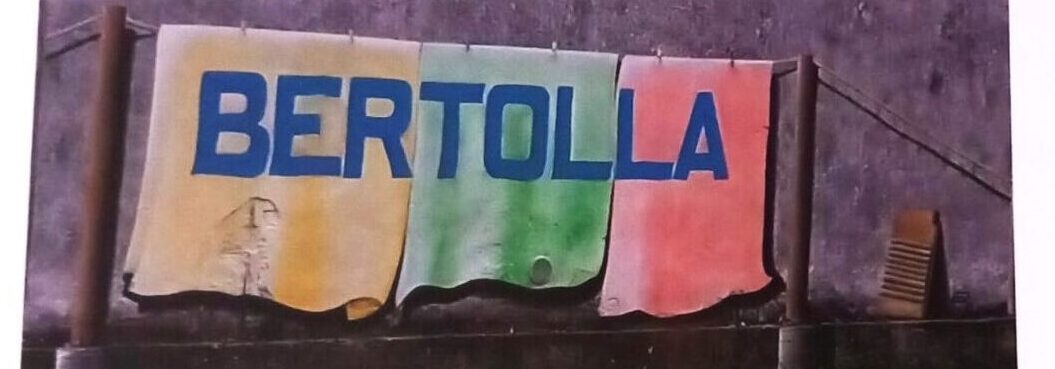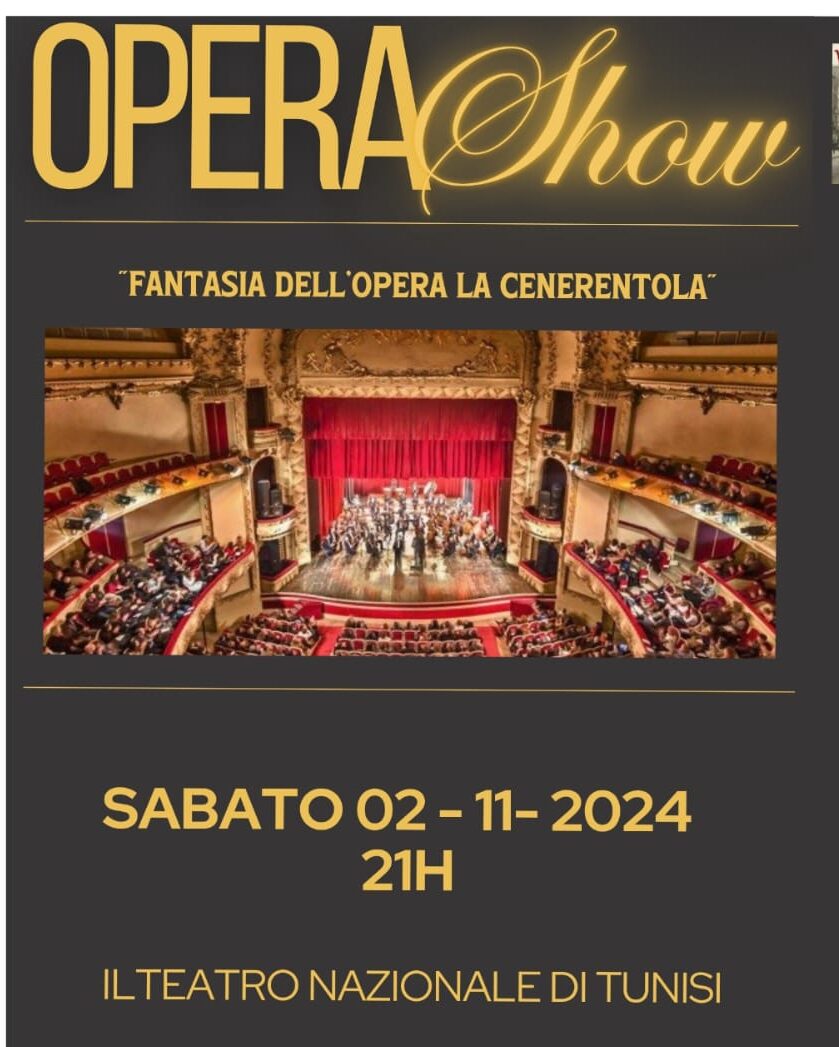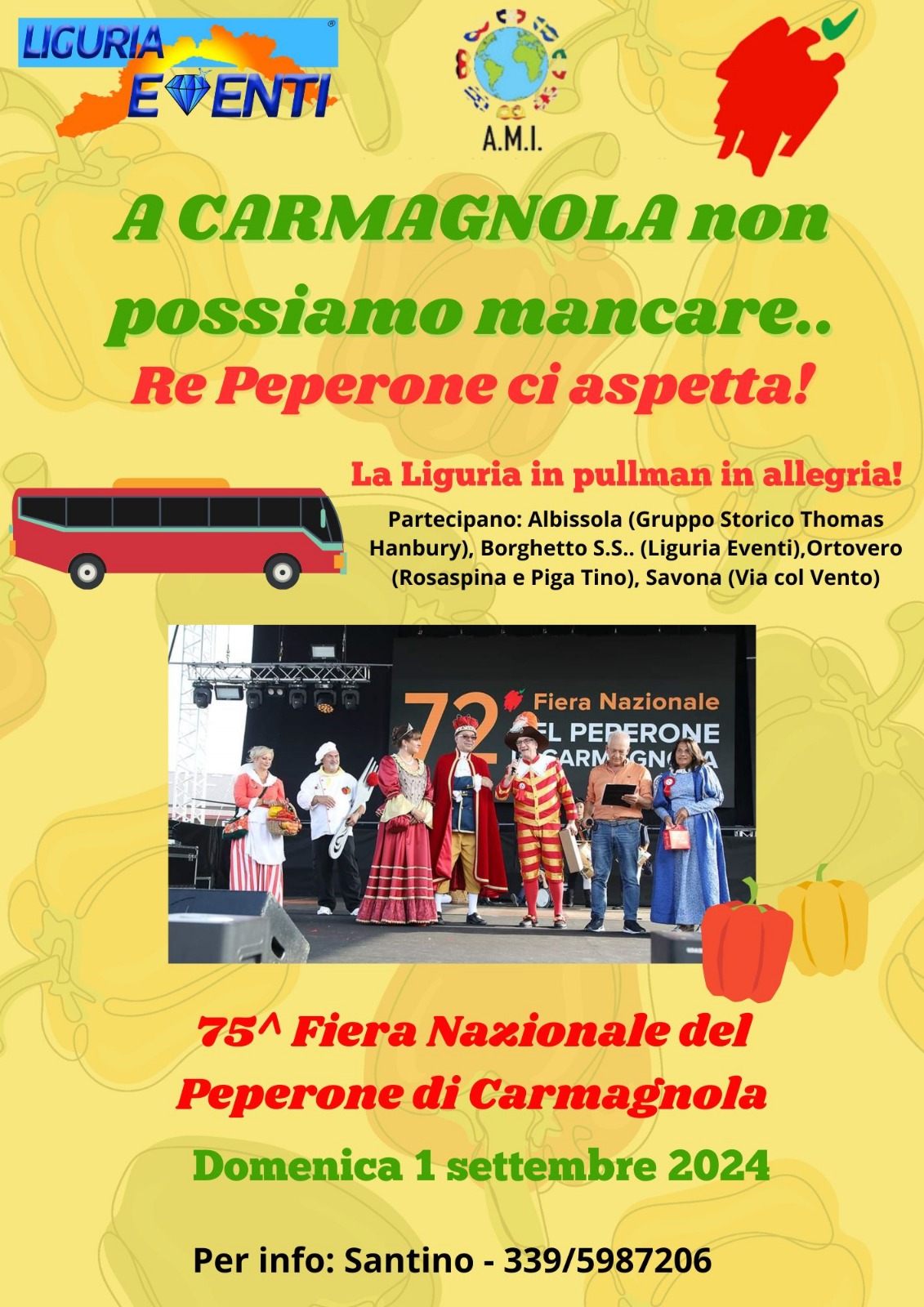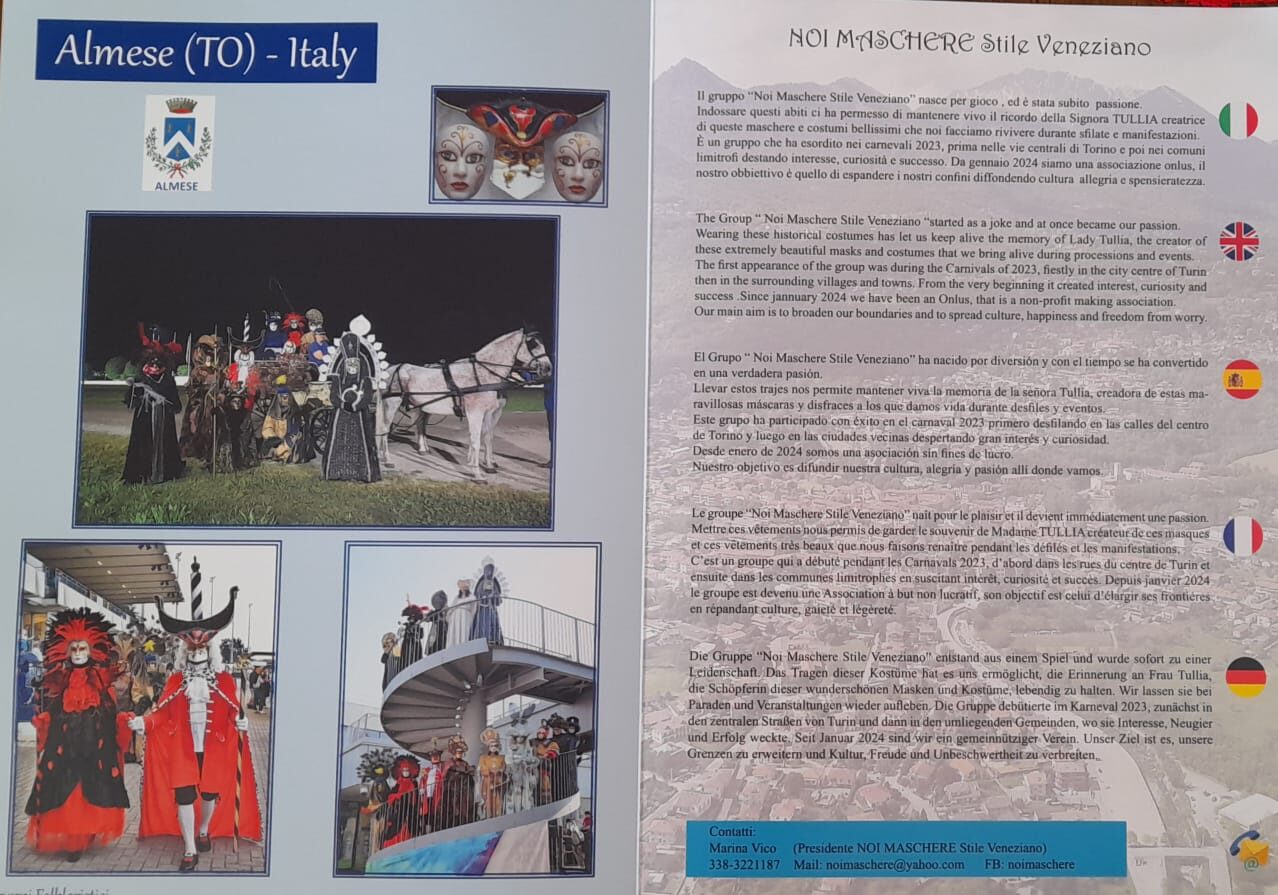LEGINO
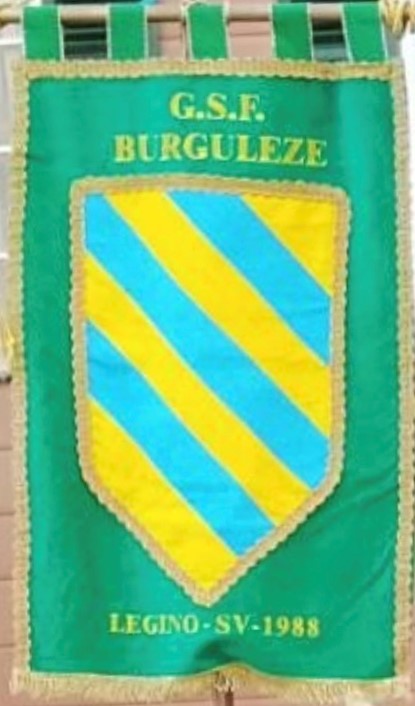
“GRUPPO STORICO FOLKLORISTICO BURGULEZE”
Nel 1988 la sezione Cultura Storia Tradizioni della Società Mutuo Soccorso Fratellanza Leginese, fonda il Gruppo Storico Folkloristico Burguleze, uno dei sette Borghi della Città di Savona.
Come simbolo uno scudetto giallo con tre bande azzurre trasversali a rappresentare la Casata dei Ferrero che ha dominato per secoli le terre agricole del ponente Savonese.
Popolani, Nobili, Armigeri e Contadini per rievocazioni, cortei, banchetti e spettacoli itineranti.
Passano gli anni, ma non l’impegno intrapreso per mantenere viva la nostra storia.
Dopo un lungo periodo di studio e ricerca per valorizzare la nostra lingua (dialetto ligure), i tanti gumbi presenti nel borgo, i prodotti locali e dare vita ad un pastore del presepe della ceramica artistica Savonese dell’artista Delia Zucchi, nel 2015 Burguleze presenta “Menegu du Gumbu” e i Gumbajò.
In 1988 the Culture History Traditions section of the Mutual Aid Society Fratellanza Leginese founded the Burguleze Historical Folklore Group, one of the seven villages of the city of Savona.
As a symbol, a yellow shield with three transversal blue bands to represent the House of Ferrero which dominated the agricultural lands of western Savona for centuries.
Commoners, Nobles, Armigers and Peasants for re-enactments, processions, banquets and traveling shows.
The years pass, but not the commitment undertaken to keep our history alive.
After a long period of study and research to enhance our language (Ligurian dialect), the many gumbi present in the village, the local products and to give life to a shepherd of the Savonese artistic ceramic nativity scene by the artist Delia Zucchi, in 2015 Burguleze presents “Menegu du Gumbu” and the Gumbajò.
Contatti:
Aschero Marco – Responsabile
Cell. 347/9000982
Email: marco.aschero1972@gmail.com
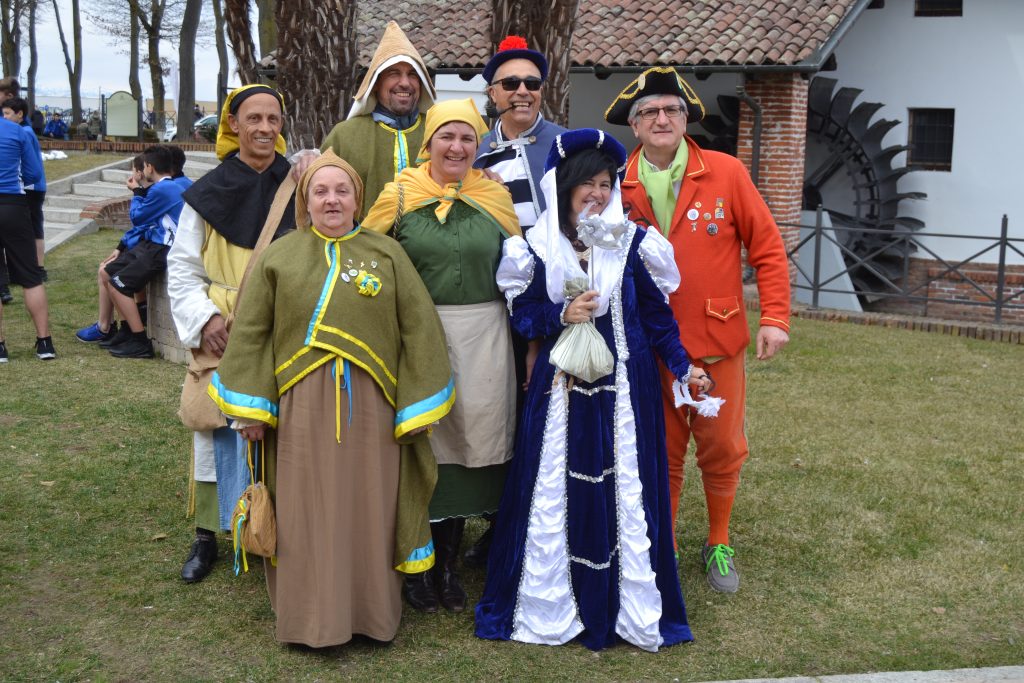
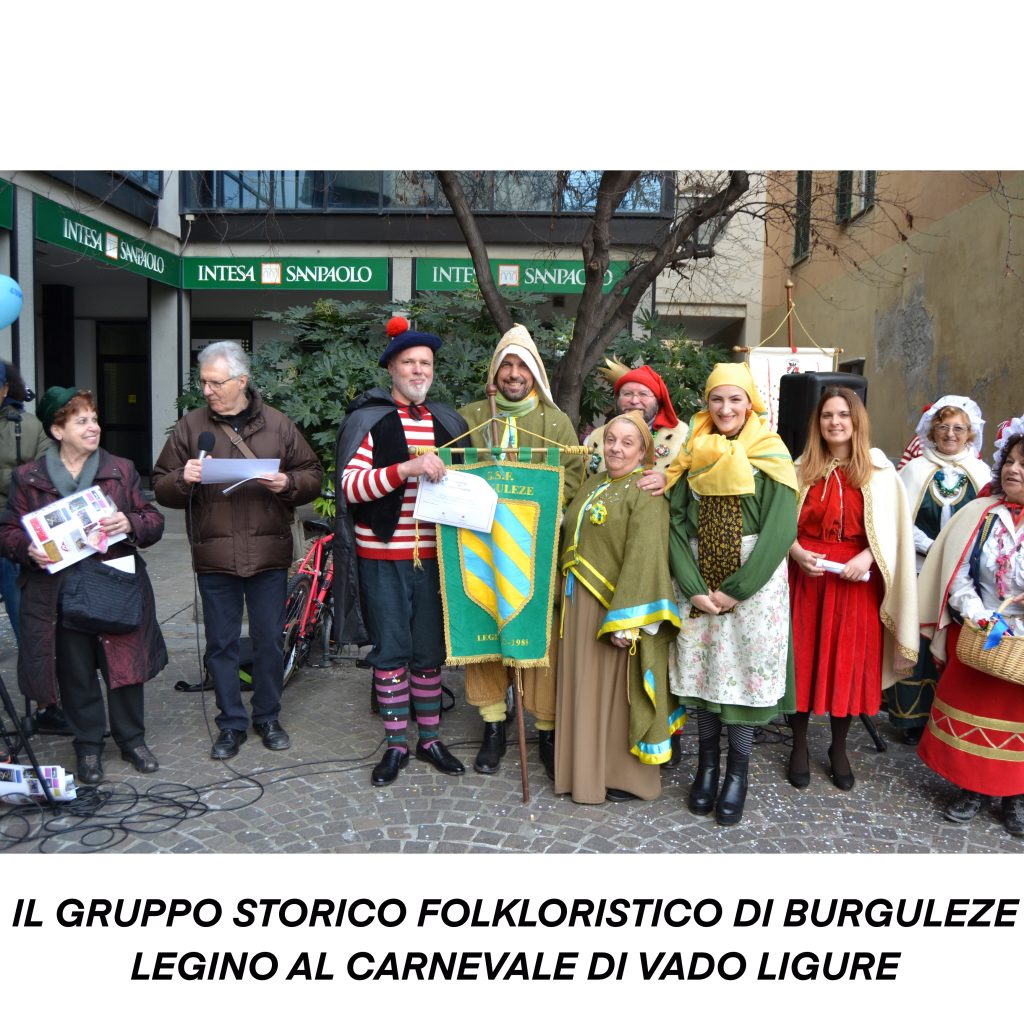
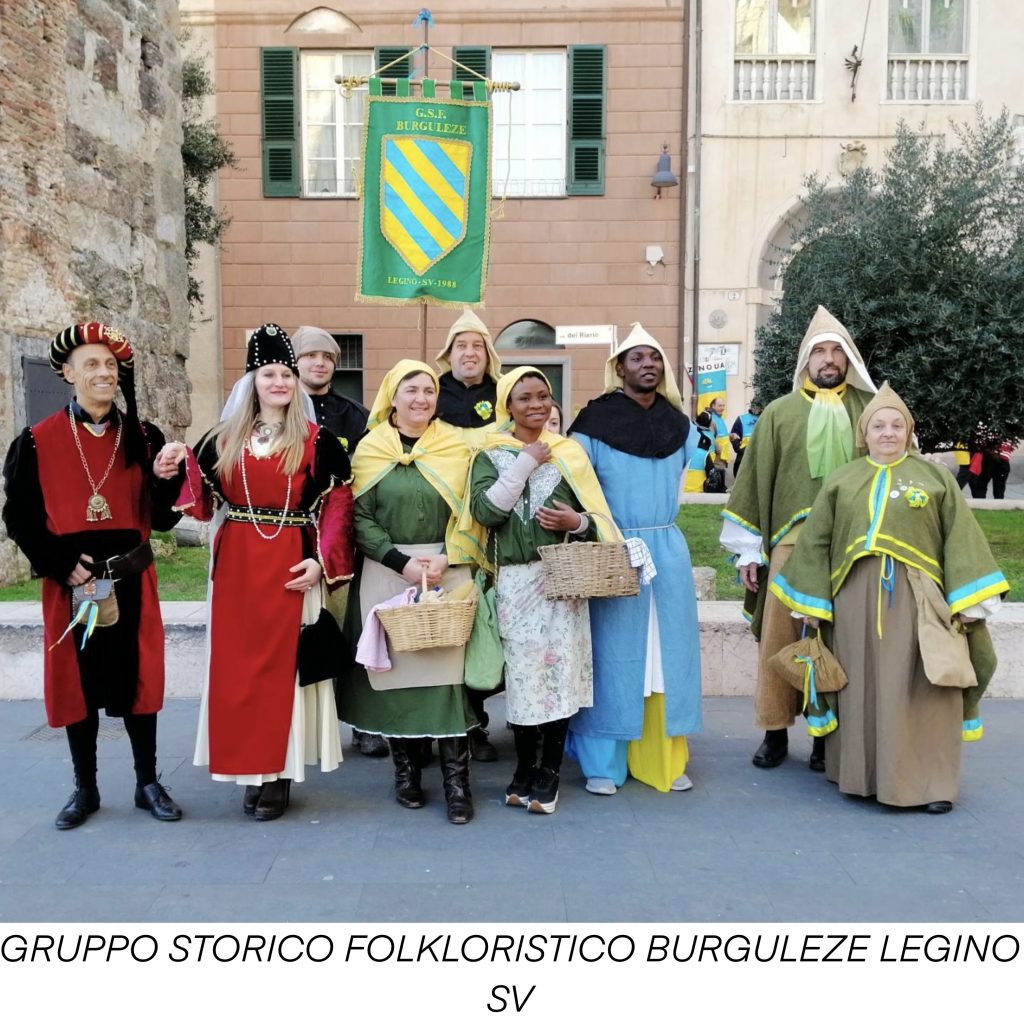
MAGNONEVOLO
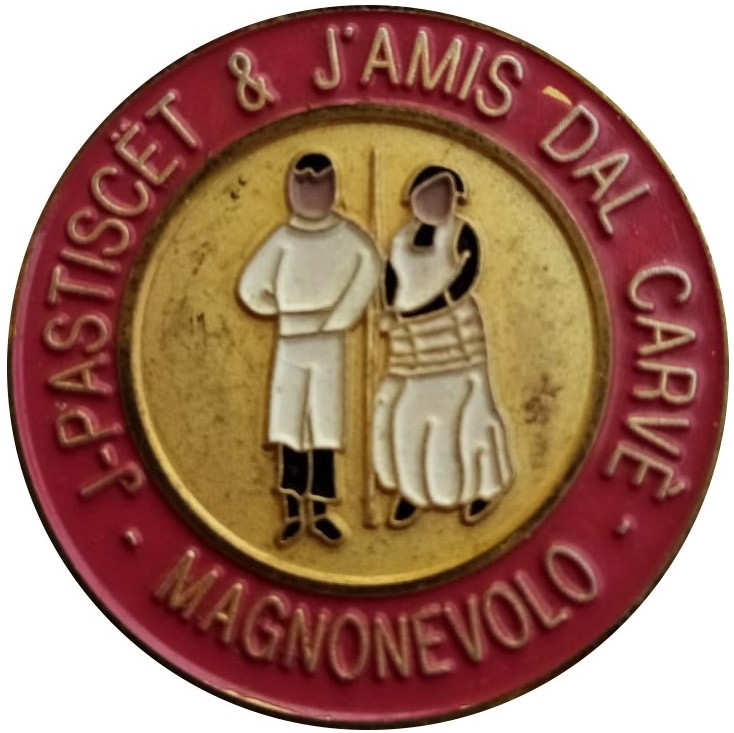
I PASTISCET
I Pasticet rappresentano le maschere locali di Magnonevolo, piccola frazione del comune di Cerrione. La loro nascita è piuttosto recente e si deve a una caratteristica del borgo, qui esiste un antico forno da dove, nei giorni di festa, un tempo si sfornava un pane dolce per tutto il paese. Venne così l’idea di denominare le maschere locali “I Pastiscet”, che richiamano il nome del bancone adibito all’impasto, “il Pastin”. La grande passione dell’arte pasticcera rende i “Pastiscet” dei personaggi simpatici e pieni di entusiasmo, i quali trasmettono e mantengono vive le specialità e gli antichi sapori del loro territorio.
The Pasticet represent the local masks of Magnonevolo, a small hamlet in the municipality of Cerrione. Their birth is quite recent and is due to a characteristic of the village, here there is an ancient oven where, on holidays, sweet bread was once baked for the whole town. Thus came the idea of naming the local masks “I Pastiscet”, which recall the name of the counter used for making the dough, “il Pastin”. The great passion for pastry art makes the “Pastiscet” likeable and enthusiastic characters, who transmit and keep alive the specialties and ancient flavors of their territory.
Contatti:
Mariangela Preti – Responsabile
Cell: 3495675874
E-mail: mariaangela.preti@libero.it
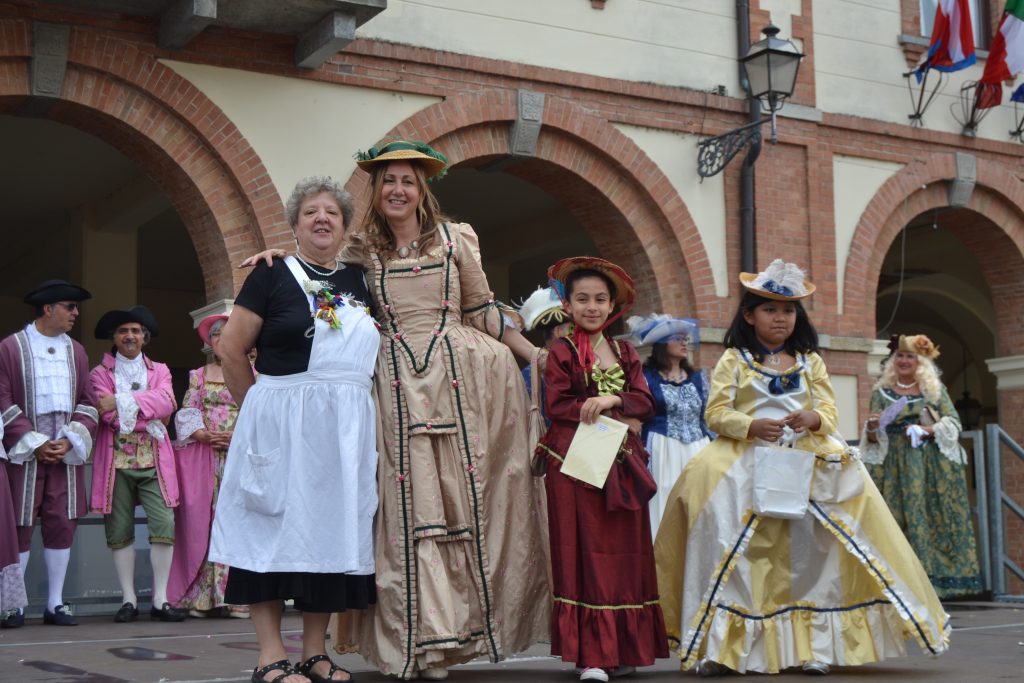
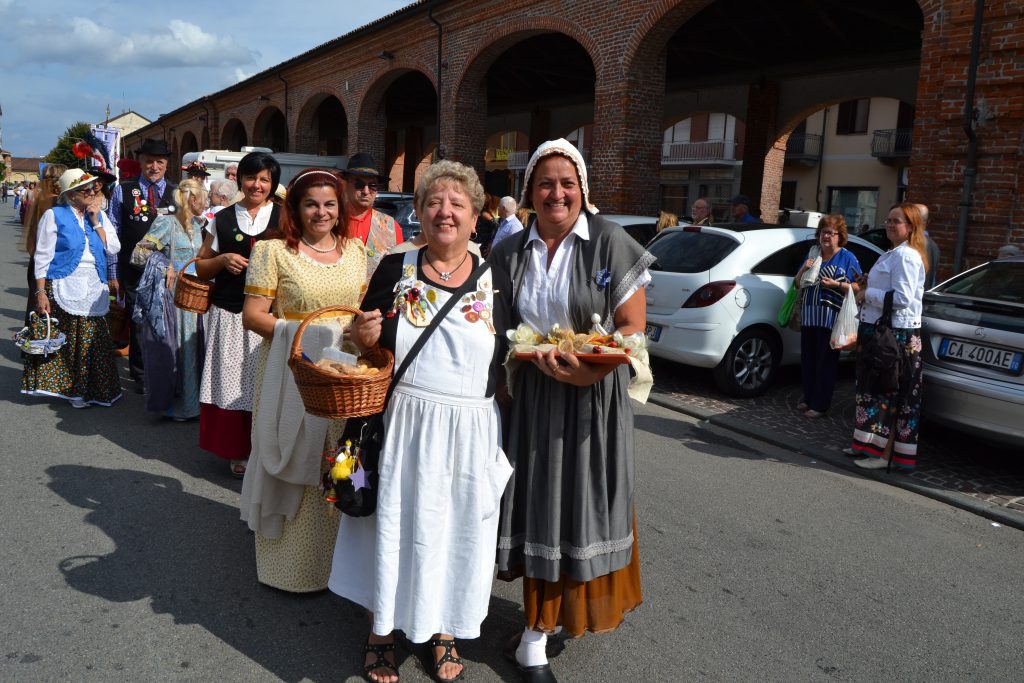
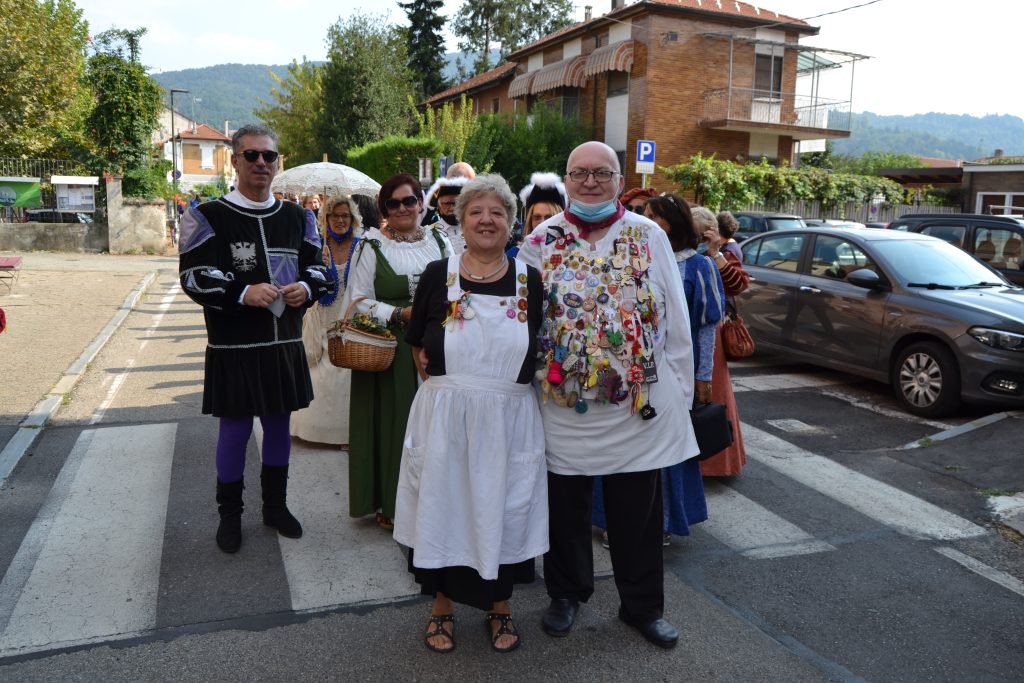
MAMOIADA
MAMUTHONES E ISSOHADORES
L’associazione culturale Atzeni nasce nel 1975 ad opera di Costantino Atzeni, capostipite dei Mamuthones e Issohadores attuali, diventa associazione folk nel 1994. Intorno alle nostre maschere tradizionali si respira fascino e mistero contemporaneamente. I Mamuthones si distinguono dagli Issohadores sia per la diversità dei costumi che della cadenza del passo, insieme sfilano intorno ai fuochi disseminati per le vie del paese, in una processione danzata ma, sebbene il gruppo sia molto richiesto per le esibizioni, la prima uscita si svolge solo ed esclusivamente a Mamoiada il 17 gennaio, giorno di Sant’Antonio Abate, protettore degli animali.
The Atzeni cultural association was founded in 1975 by Costantino Atzeni, founder of the current Mamuthones and Issohadores, and became a folk association in 1994. Around our traditional masks you can breathe charm and mystery at the same time. The Mamuthones are distinguished from the Issohadores both for the diversity of the costumes and the cadence of the step, together they parade around the fires scattered through the streets of the town, in a danced procession but, although the group is much requested for the performances, the first outing takes takes place only and exclusively in Mamoiada on January 17th, the day of Sant’Antonio Abate, protector of animals.
Contatti:
Enzo Gregu – Presidente
Cell: 3477127057
Email: info@mamuthones.it
Facebook: Mamuthones e Issohadores Atzeni -Mamoiada
Facebook: Mamuthones e Issohadores Ass.Atzeni Mamoiada
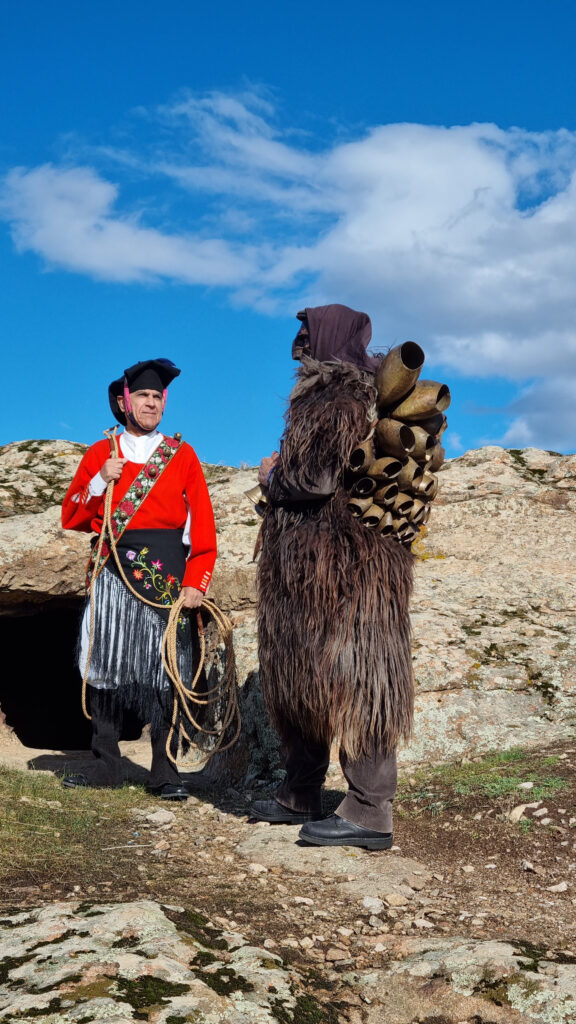
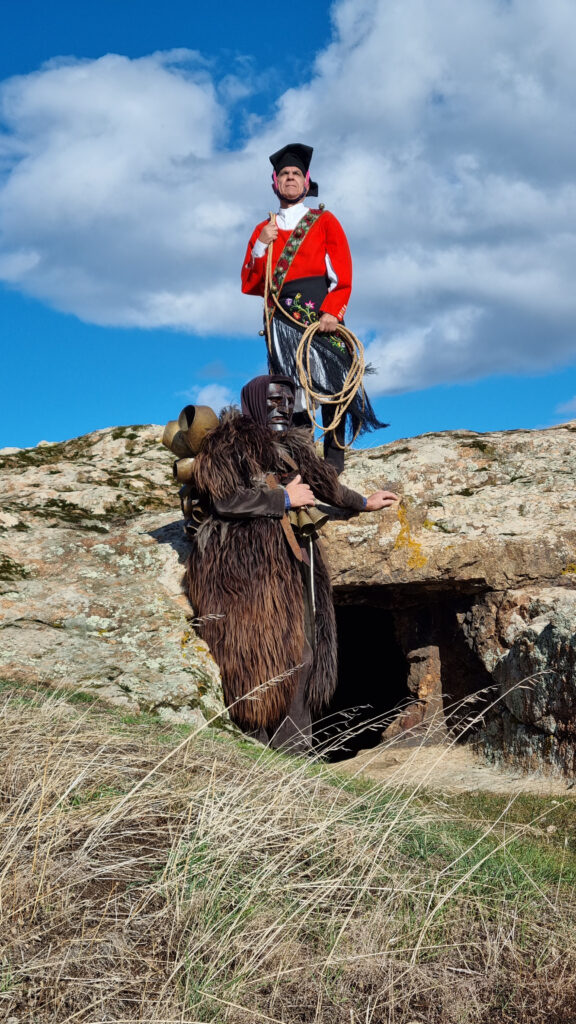
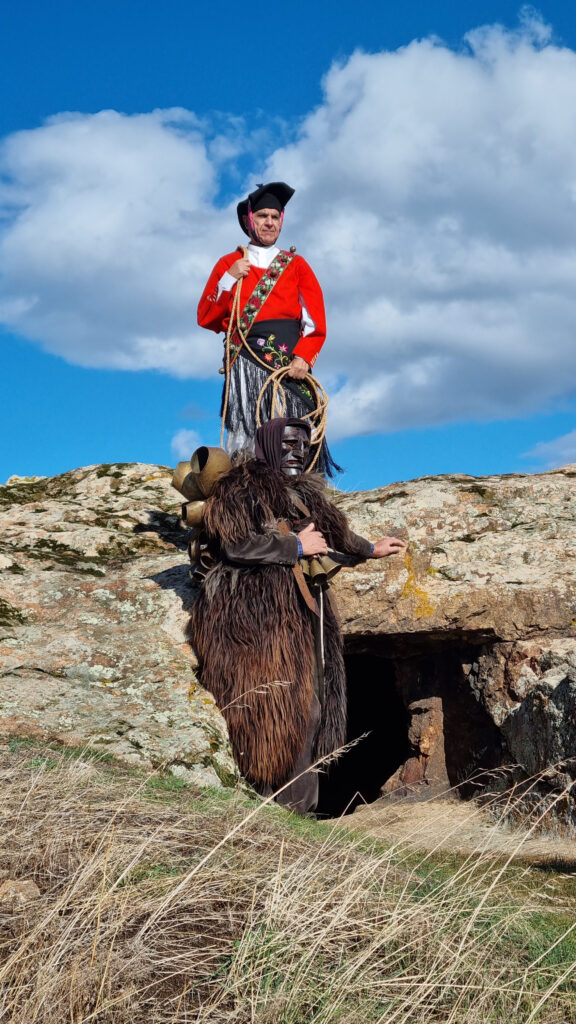
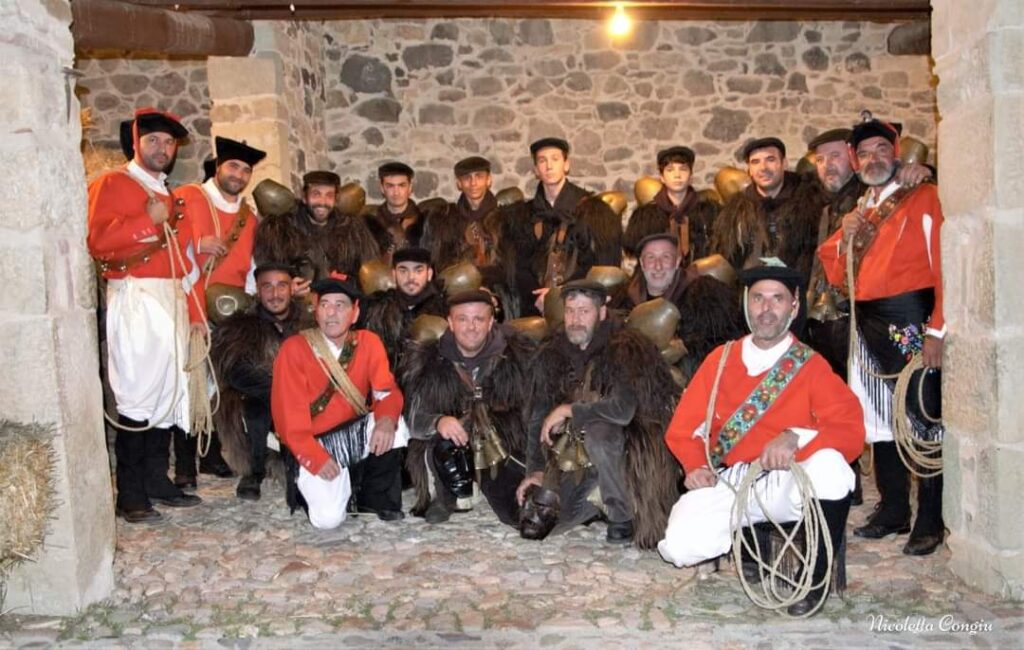
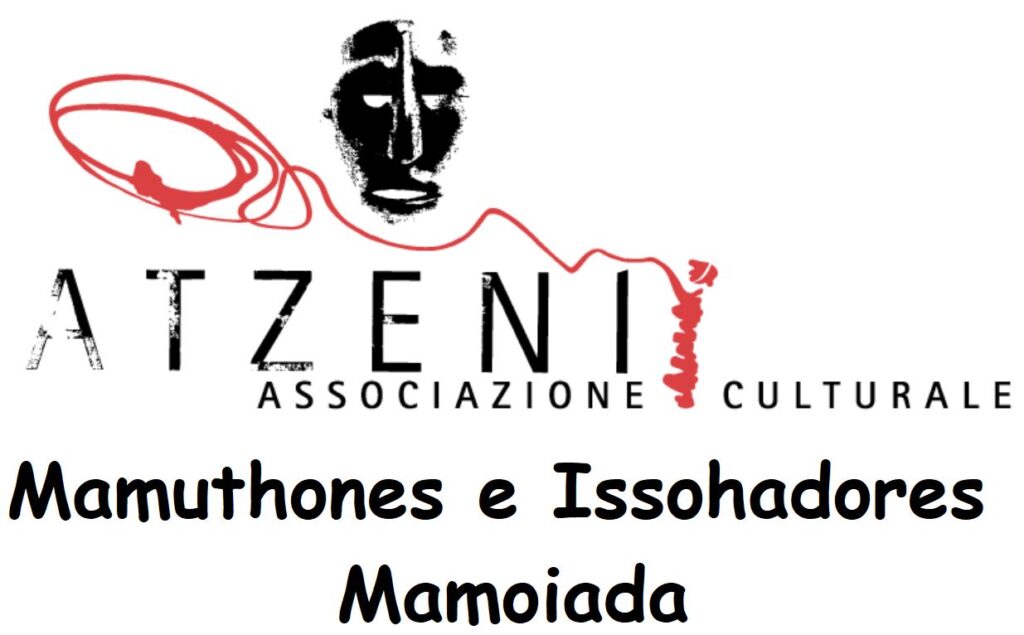
MILANO
MENEGHINO E LA CECCA
Meneghino, nasce nel ‘600 dal commediografo Carlo Maria Maggi. Impersona lo zotico servo domenicale, da cui deriva il nome, dotato della saggezza popolare fatta di luoghi comuni. È di carattere schietto, bonario e generoso. Indossa un cappello a tre punte sopra una parrucca col codino, una camicia con il pizzo e un gilet a righe. Ha dei pantaloni alla zuava e tiene in mano un ombrello a mo’ di bastone. Durante le sfilate è accompagnato dalla moglie Cecca, di carattere allegro e sorridente. Insieme costituiscono la classica coppia milanese “Meneghín e Cècca” che, con fantasia, sacrificio e spirito imprenditoriale, riesce sempre a far quadrare i conti di casa.
Meneghino, was born in the 17th century by the playwright Carlo Maria Maggi. He embodies the boorish Sunday servant, from which the name derives, gifted with popular wisdom made up of clichés. He is of a frank, good-natured and generous nature. He wears a cocked hat over a pigtail wig, a lace shirt and a striped vest. He is wearing knickerbockers and is holding an umbrella like a stick in his hand. During the fashion shows he is accompanied by his wife Cecca, who has a cheerful and smiling nature. Together they make up the classic Milanese couple “Meneghín and Cècca” who, with imagination, sacrifice and entrepreneurial spirit, always manage to make ends meet at home.
Contatti:
Gianni Ferri – Interprete di Meneghino
Cell: +39 3387259041
Email: gianferri30@gmail.com
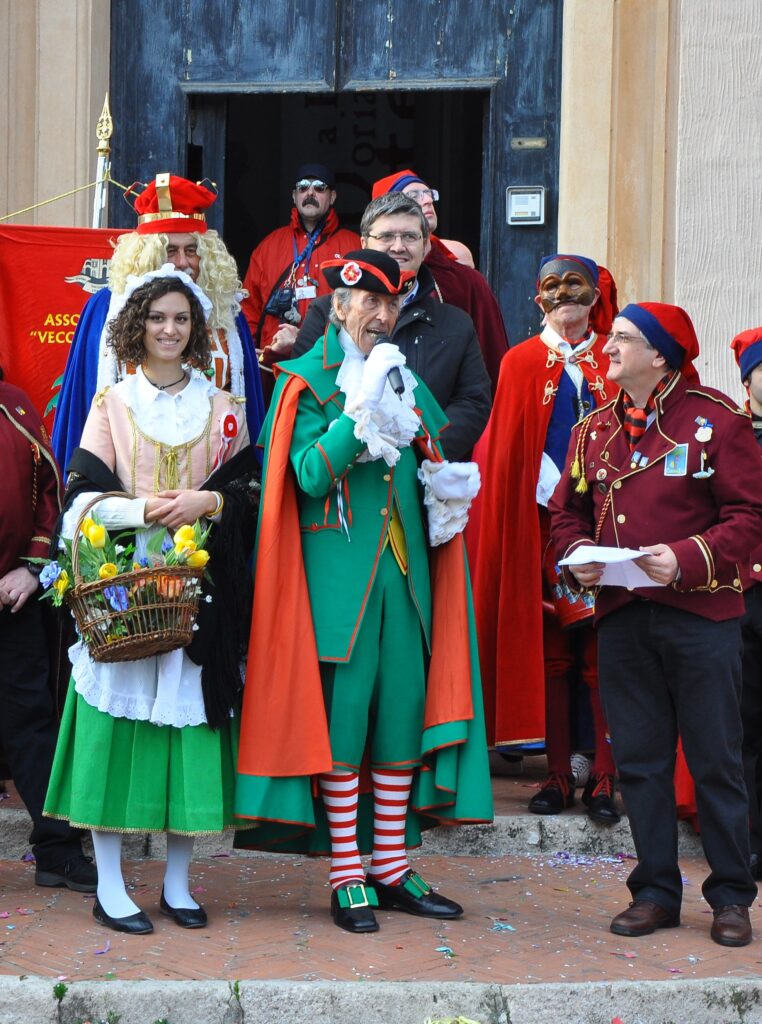
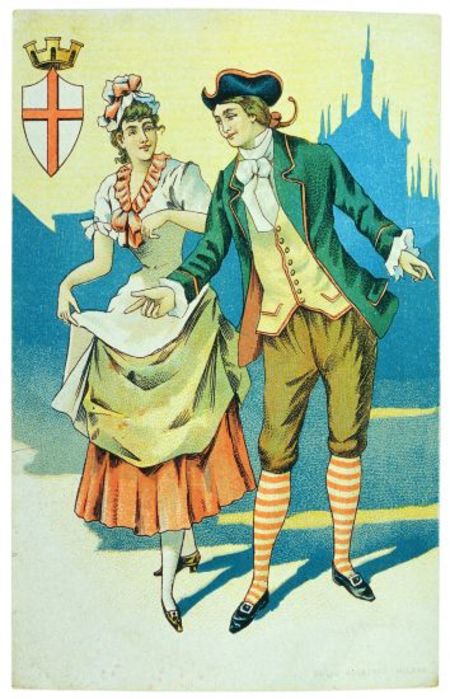
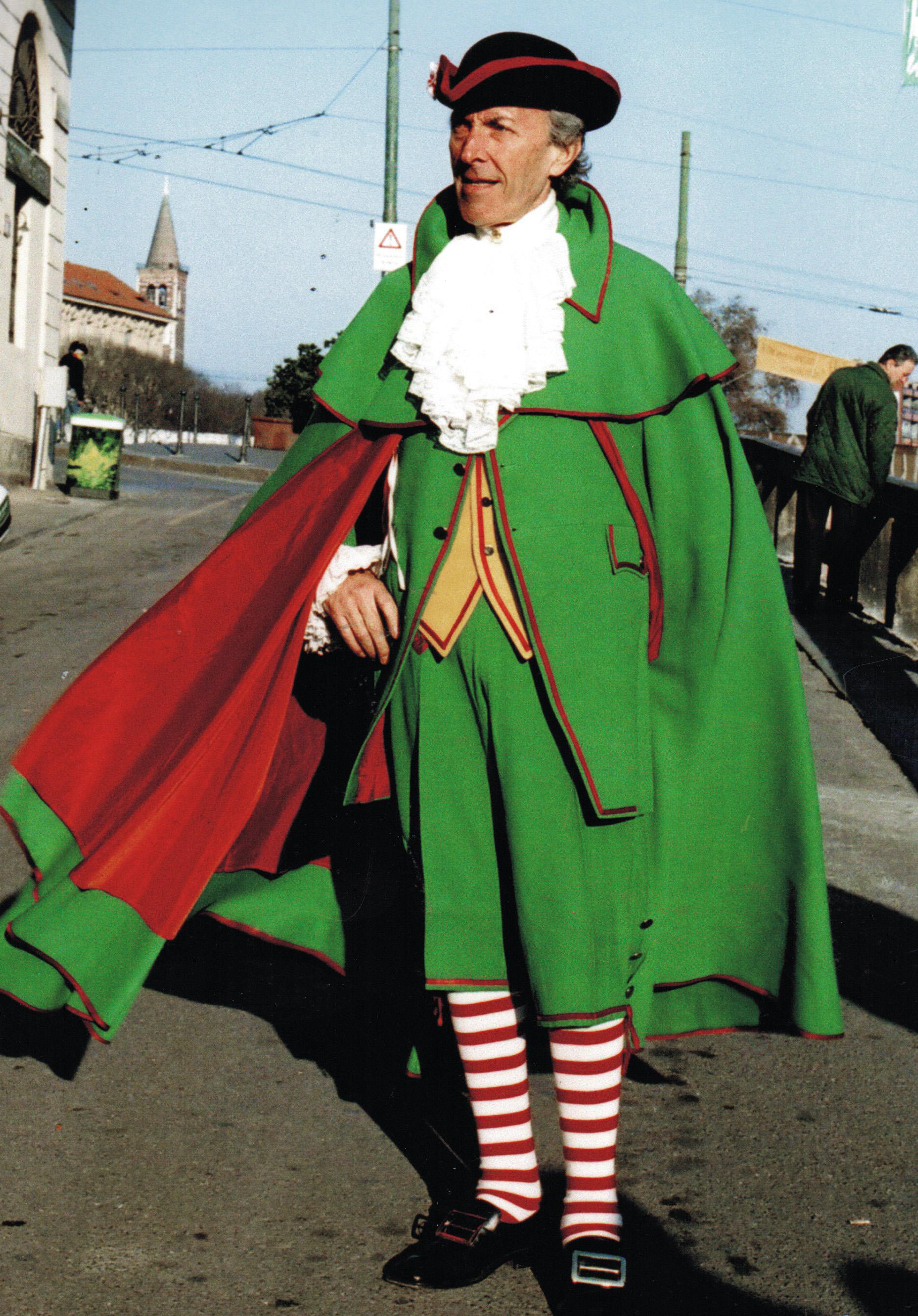
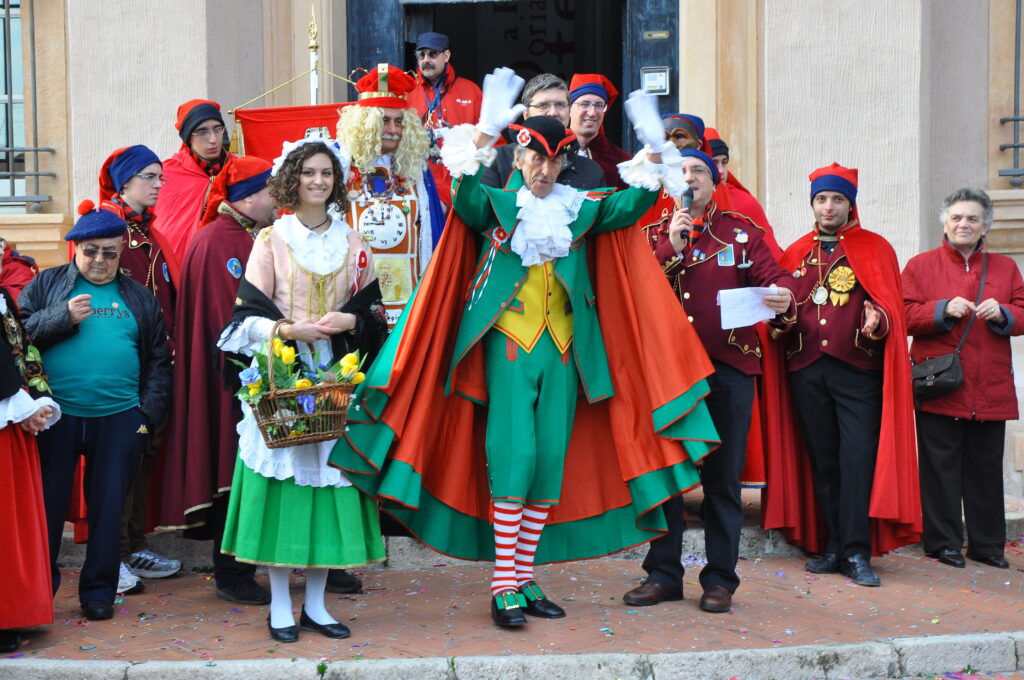

I VIAGGIATORI NEL TEMPO
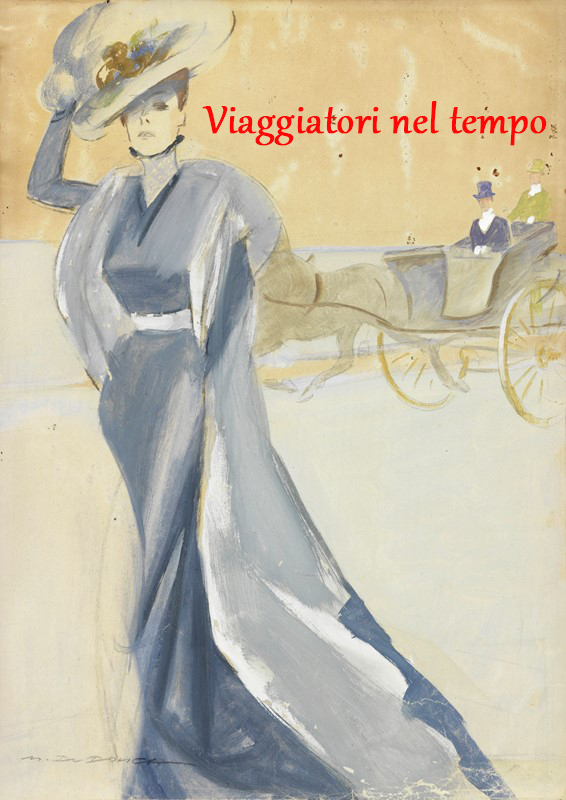
Quest’avventura nasce da una mia esperienza di vita artigianale ereditata da mio nonno e mia madre che lavoravano in teatro e dalle mie zie, parrucchiere modiste e sarte. Influenzata da loro, è nata la mia passione; insieme e grazie a simpatizzanti, ho formato il gruppo: “I viaggiatori nel tempo”. Inizia così la nostra avventura: con abiti d’epoca unici e su mezzi di locomozione storici partecipiamo ad eventi e manifestazioni in location, palazzi e ville storiche suggestive. Queste esperienze ci danno l’opportunità di viaggiare e vivere momenti di aggregazione e divertimento, tenendo sempre viva la cultura della società di un tempo e valorizzarne gli usi e i costumi.
Si ringrazia la signora Erminia Guaschino per le stupende foto che ci ha inviato.
This adventure was born from my experience of artisanal life inherited from my grandfather and my mother who worked in the theater and from my aunts, hairdressers, milliners and seamstresses. Influenced by them, my passion was born; together and thanks to supporters, I formed the group: “Time Travellers”. Thus begins our adventure: with unique period clothing and on historic means of transport we participate in events in evocative locations, buildings and historic villas. These experiences give us the opportunity to travel and experience moments of aggregation and fun, always keeping alive the culture of the society of the past and enhancing its habits and customs.
We thank Mrs. Erminia Guaschino for the wonderful photos she sent us.
Contatti:
Maurizia Mancuso – Responsabile
Email teatrodoremi@gmail.com
Cell: 333/6462071
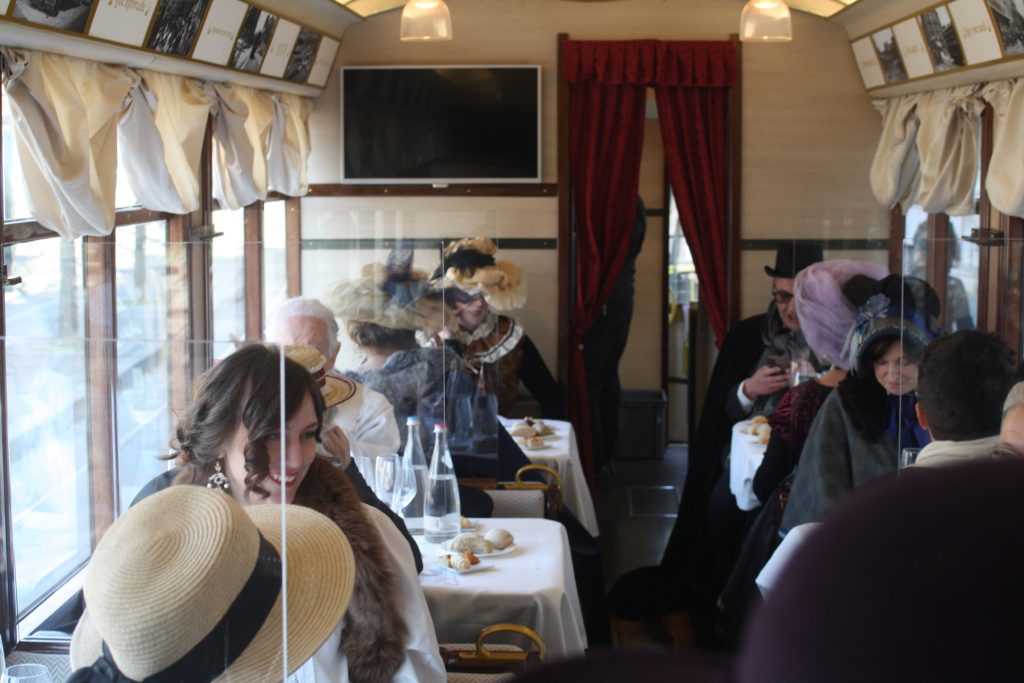
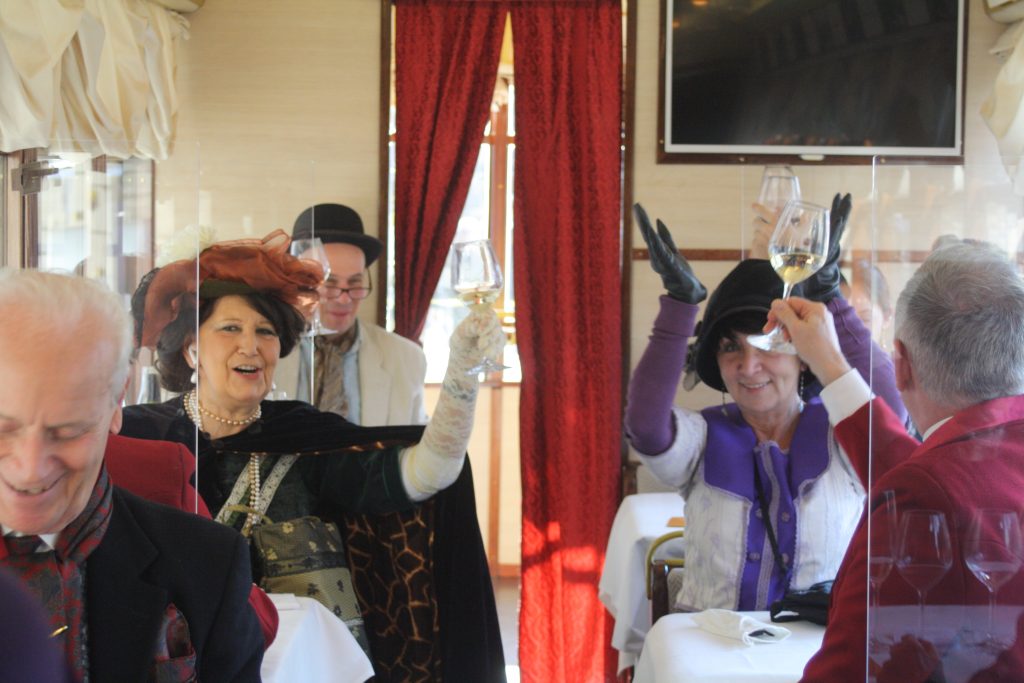
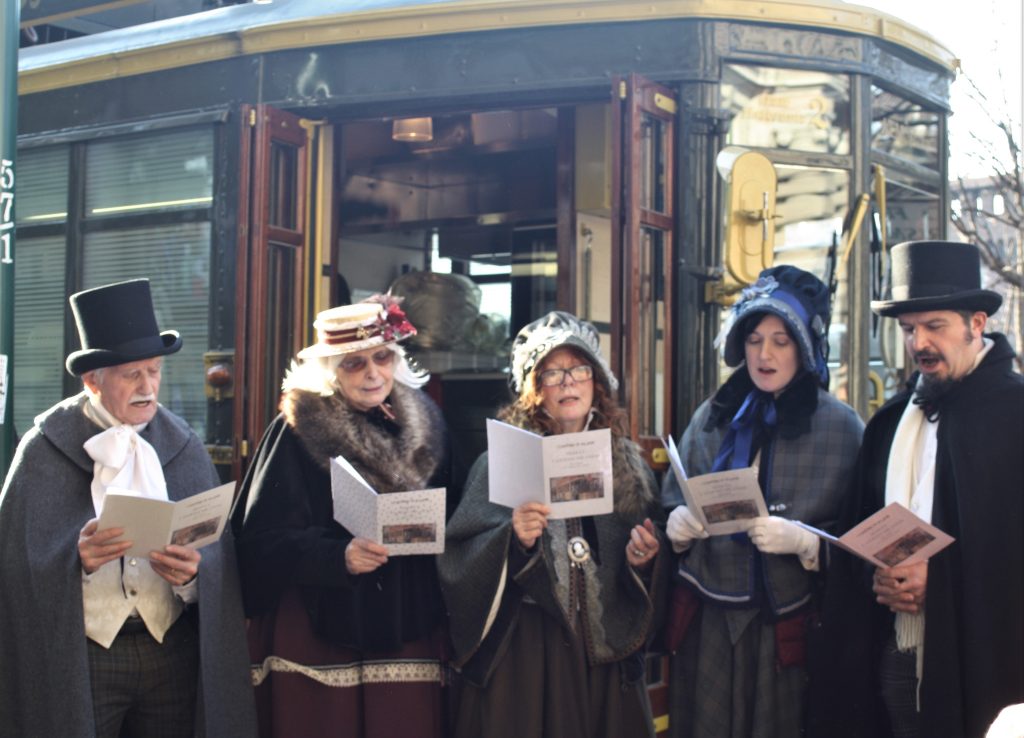
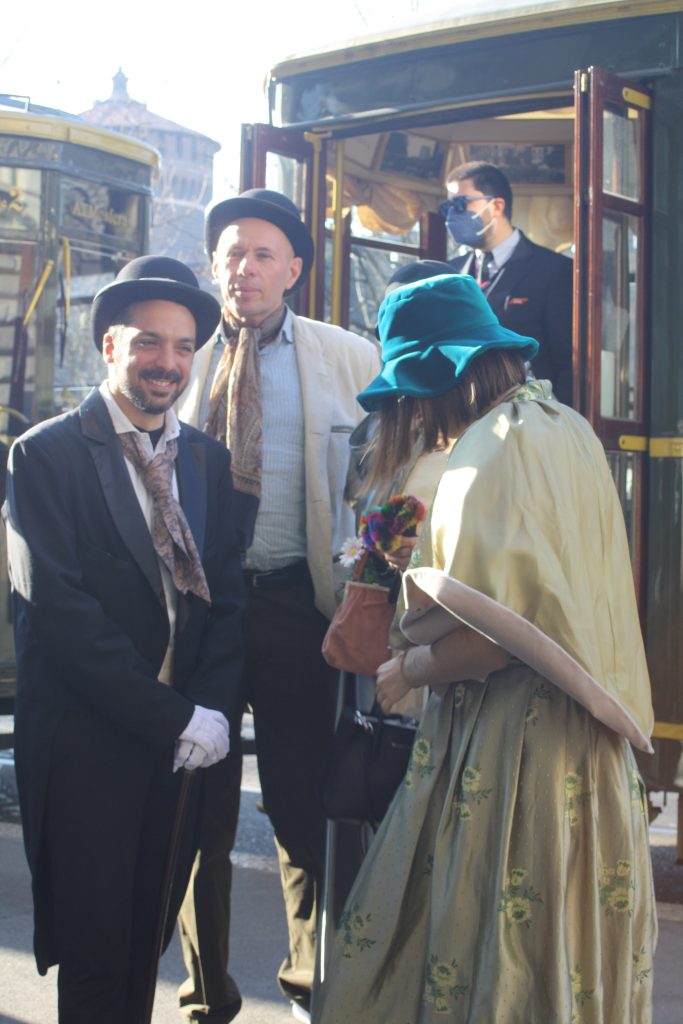
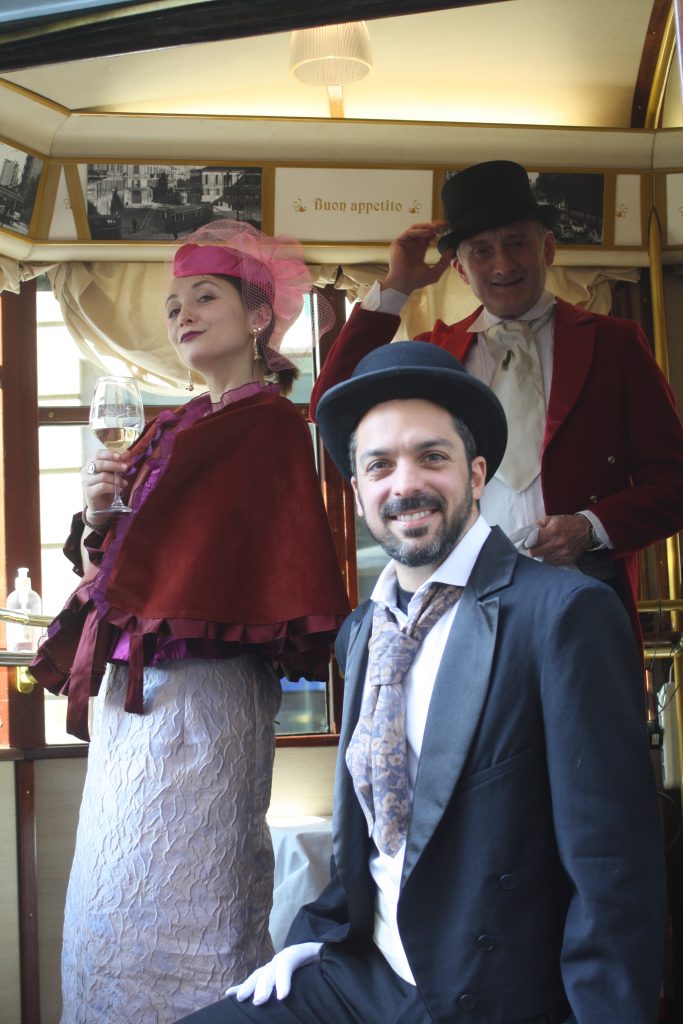
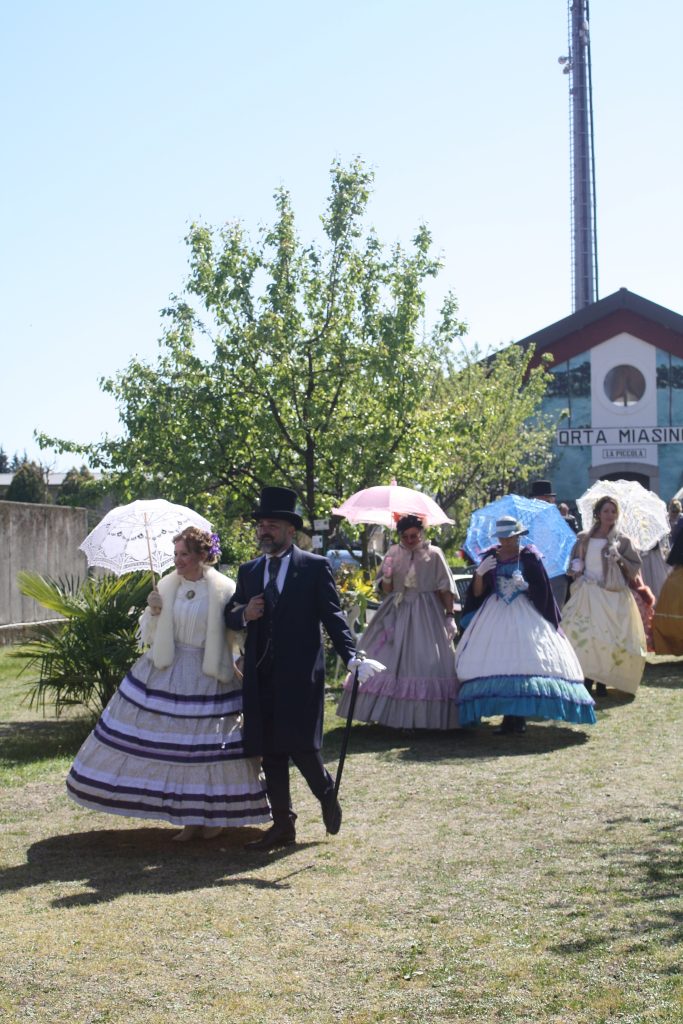
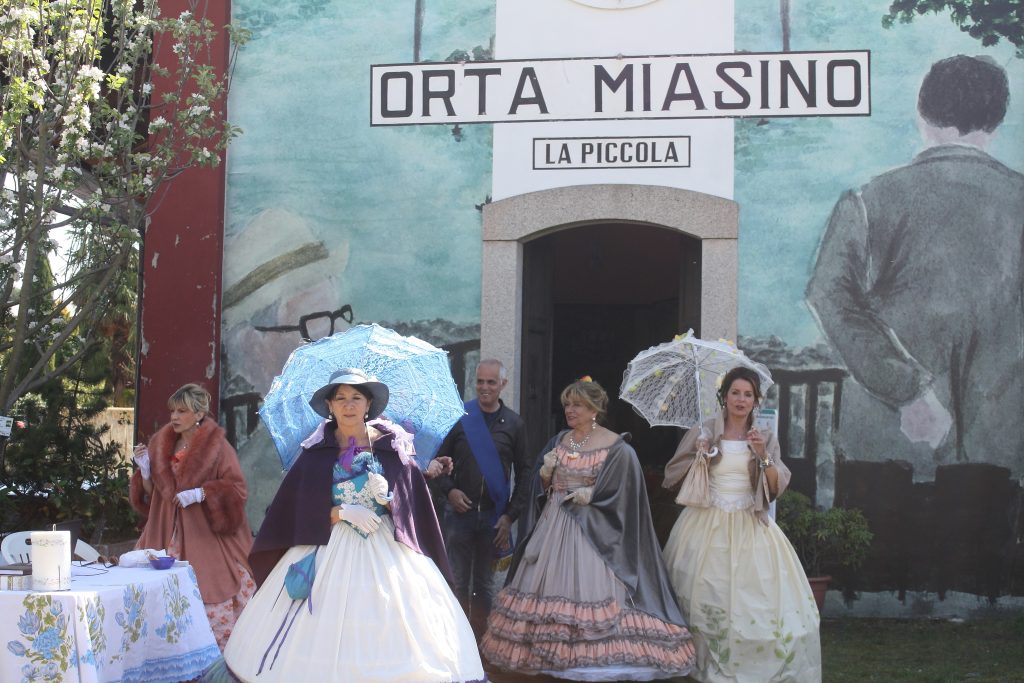
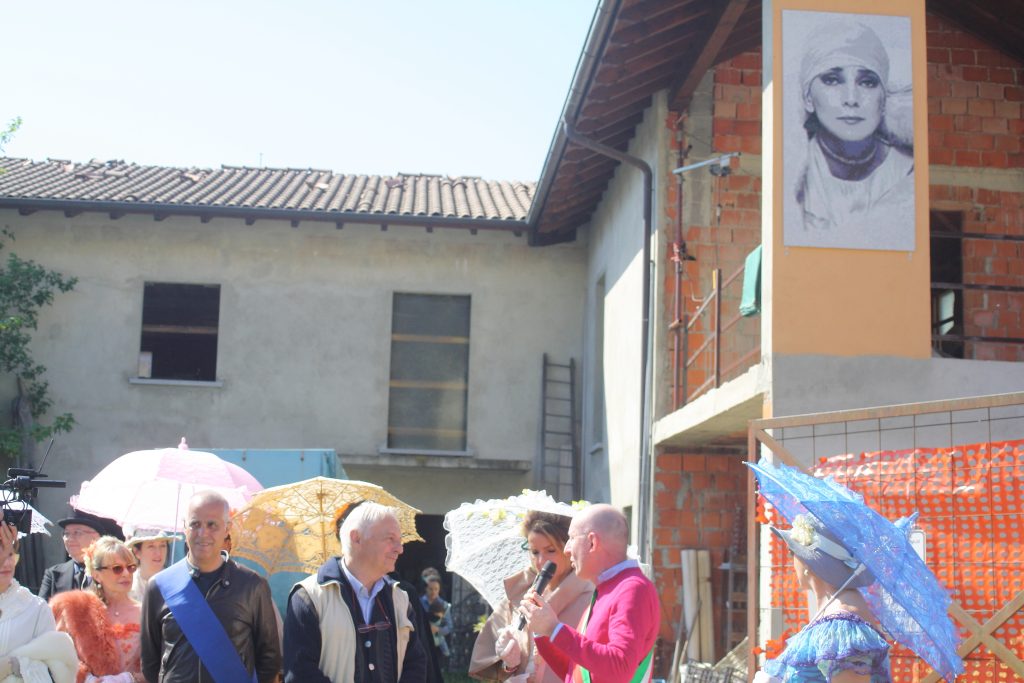
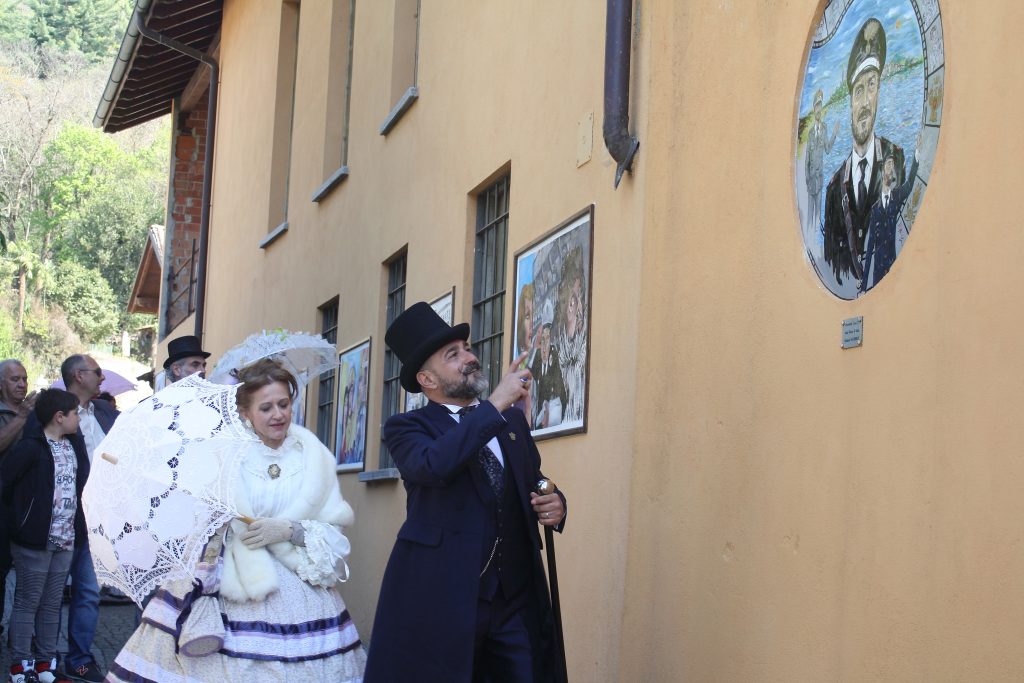
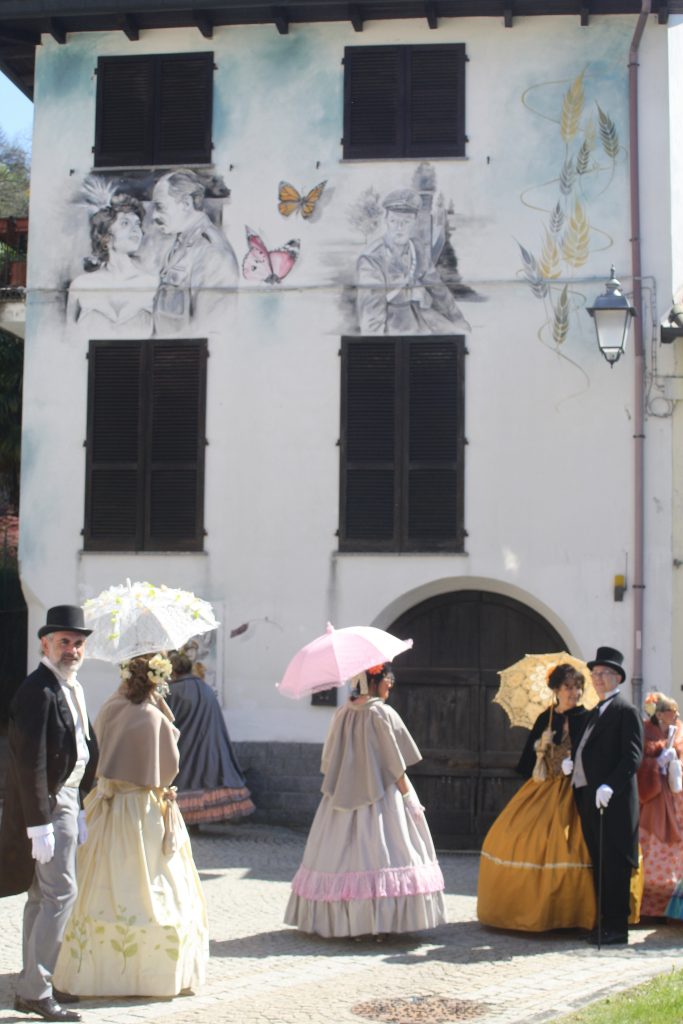
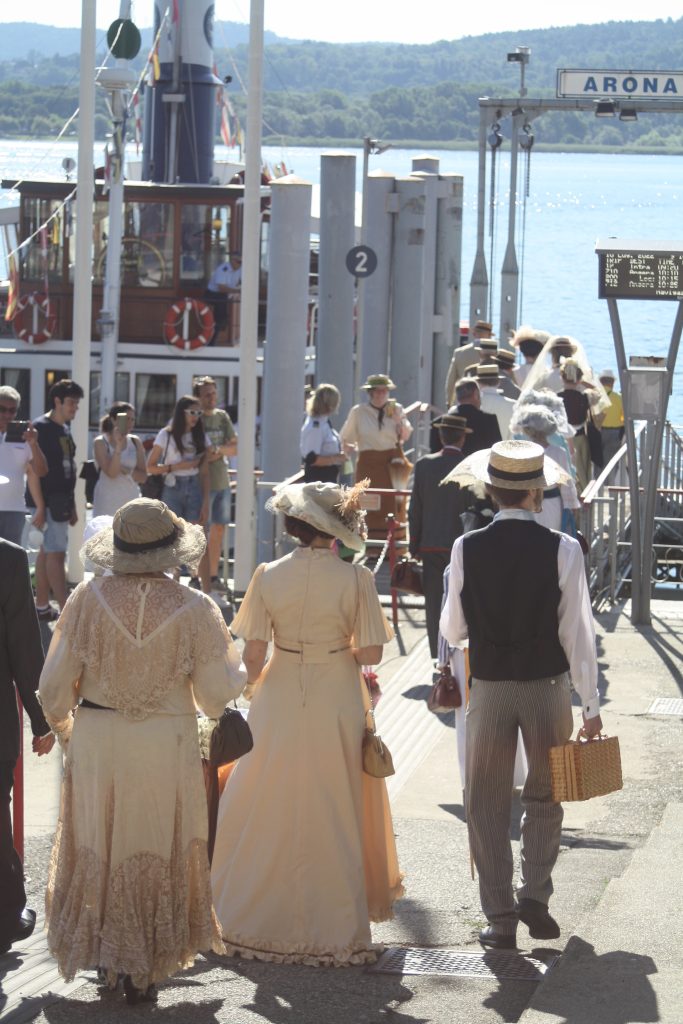
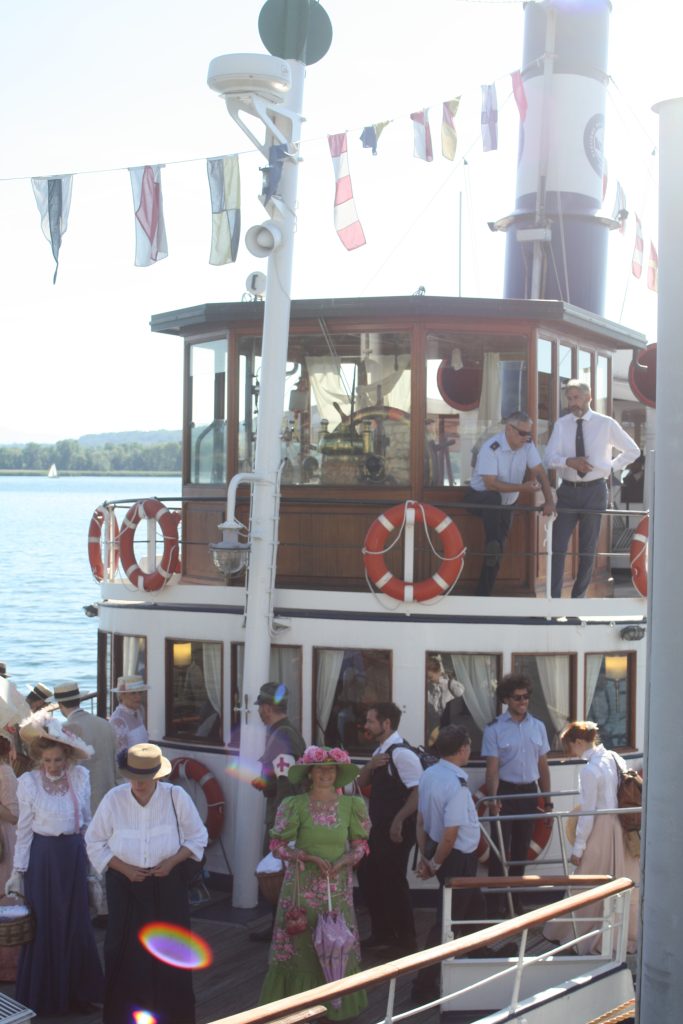
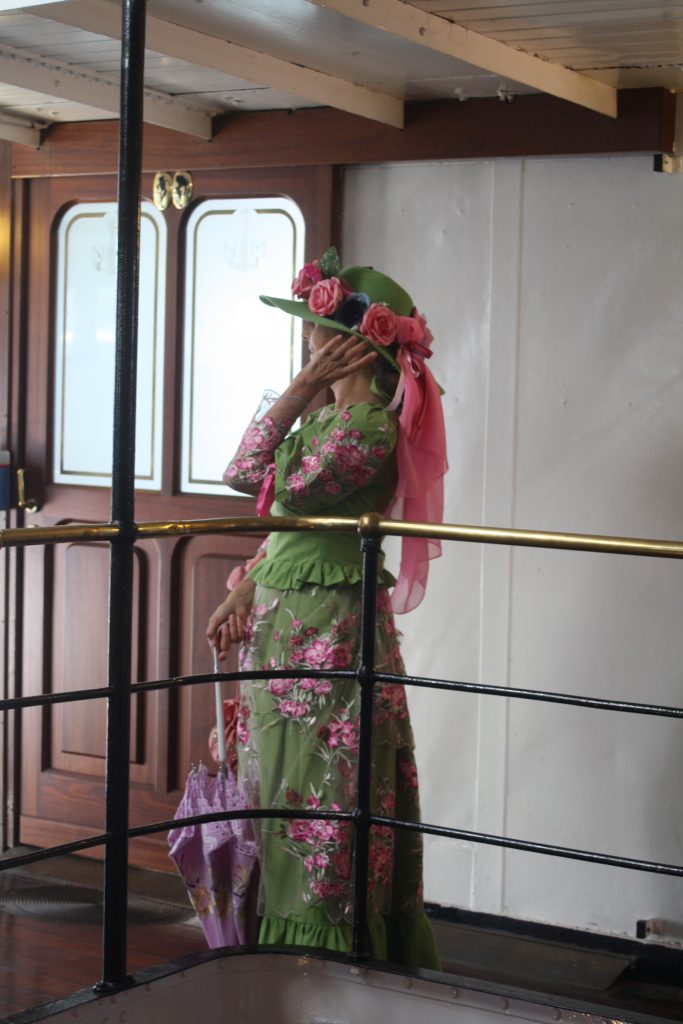
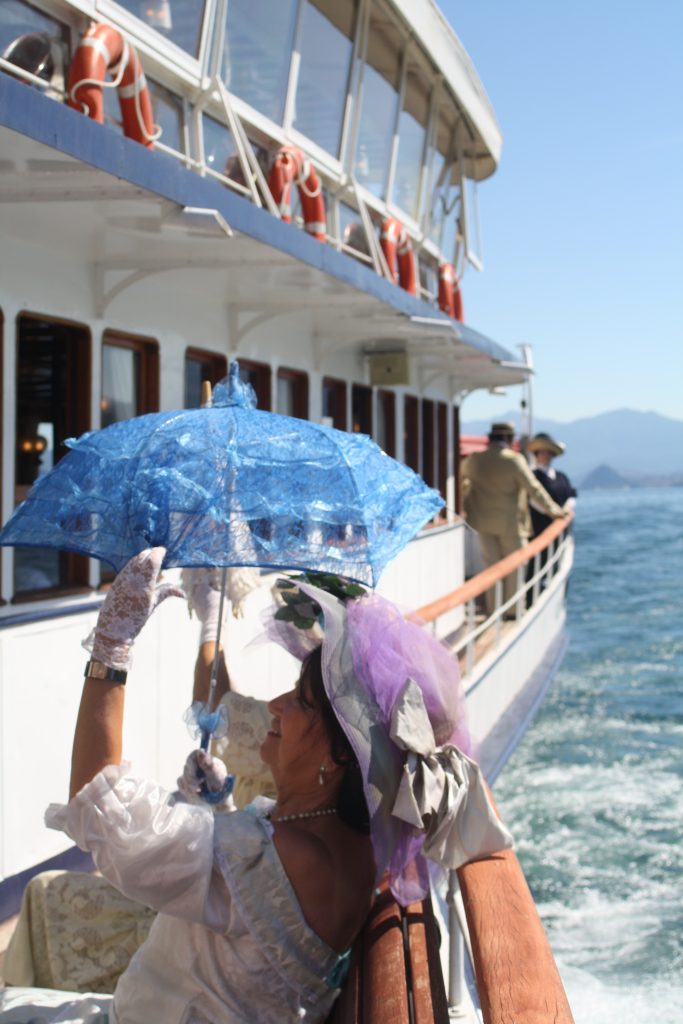
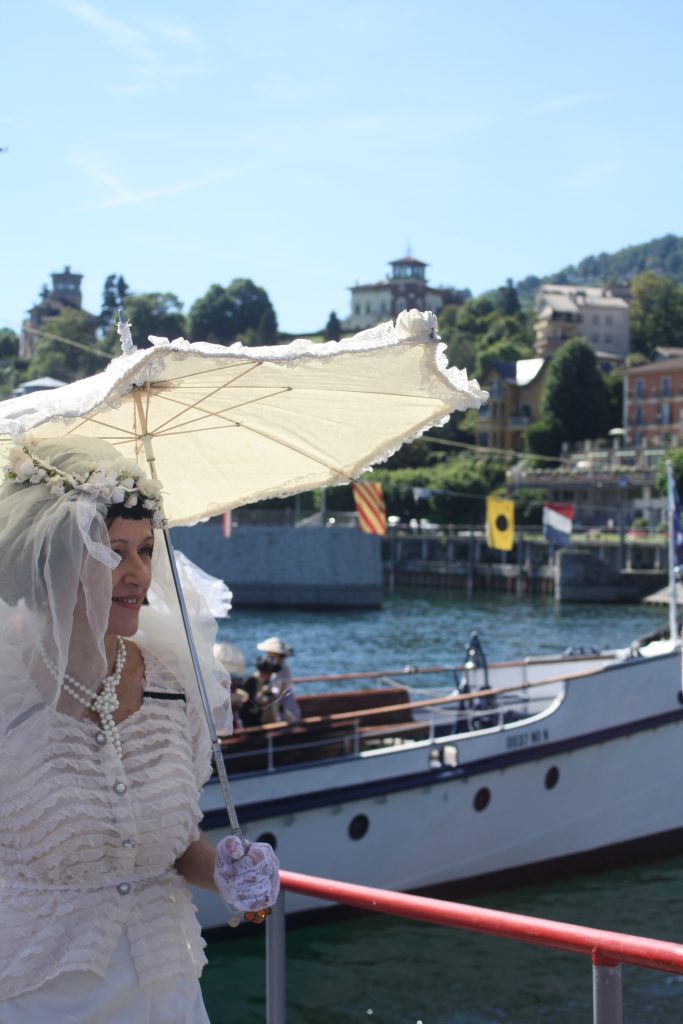
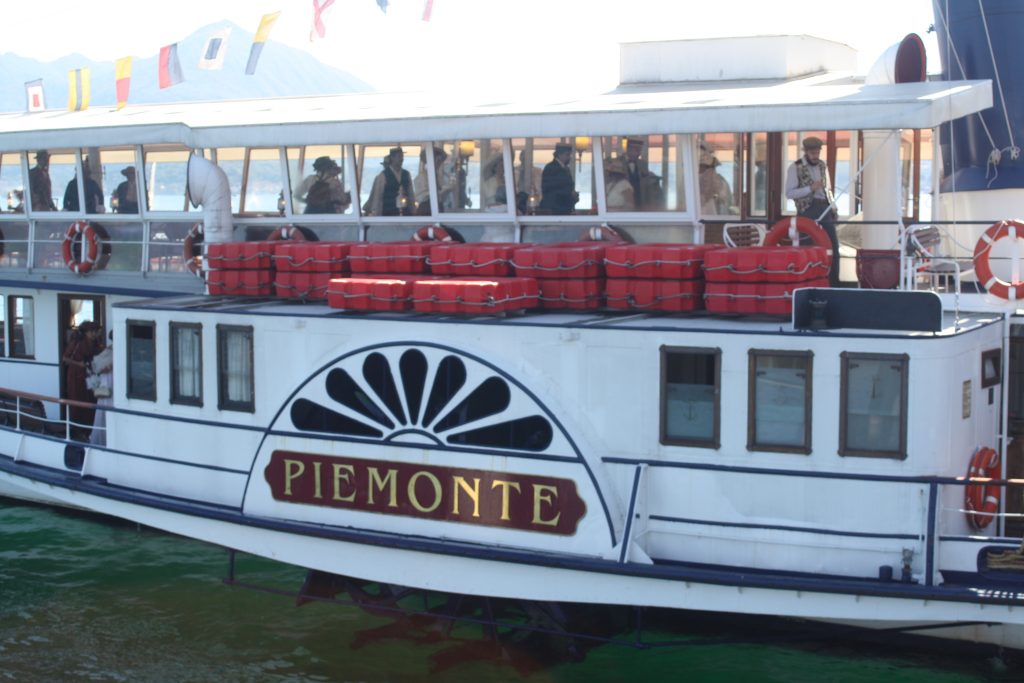
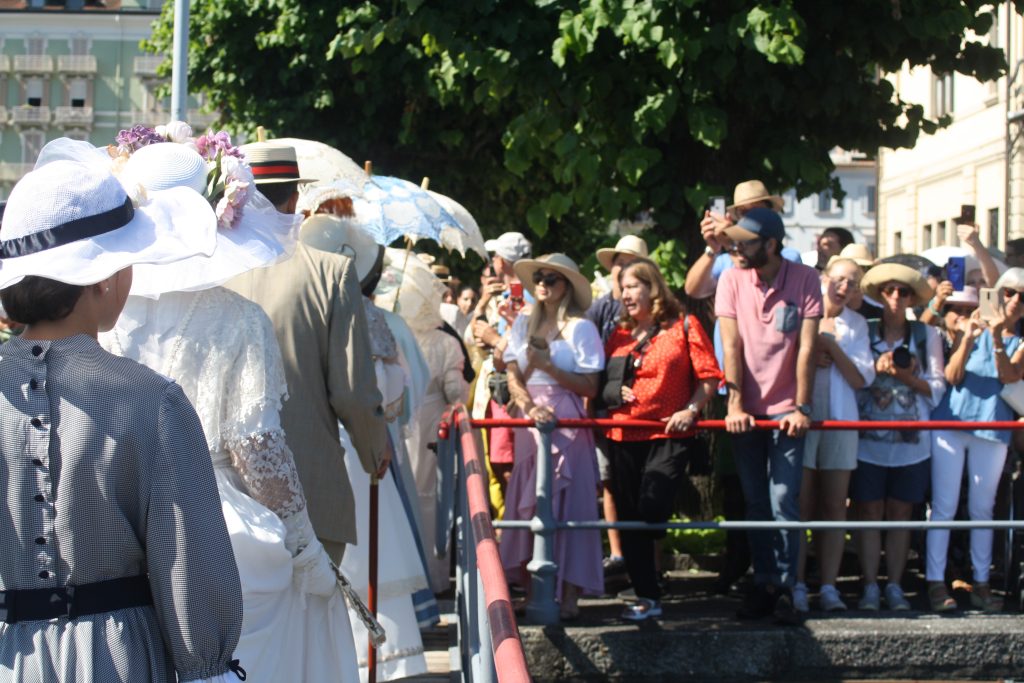
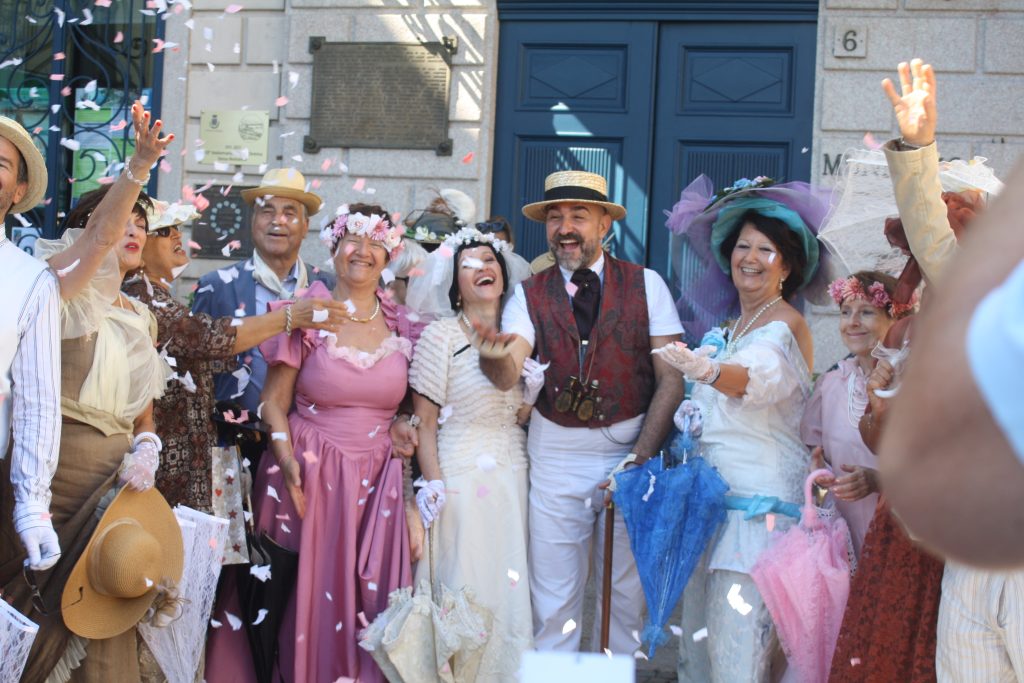
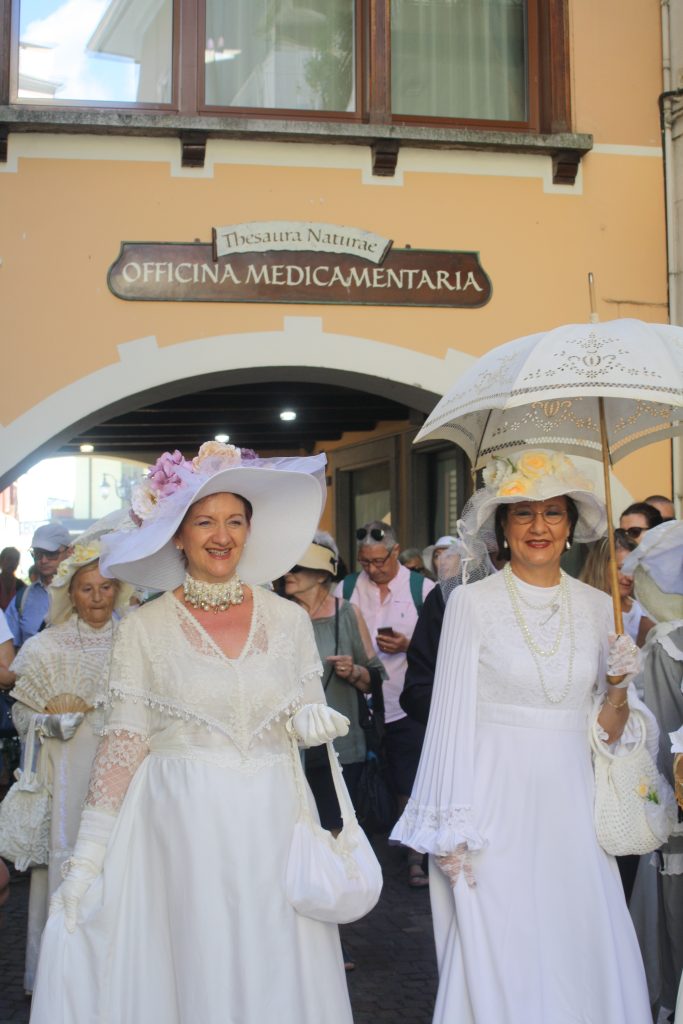
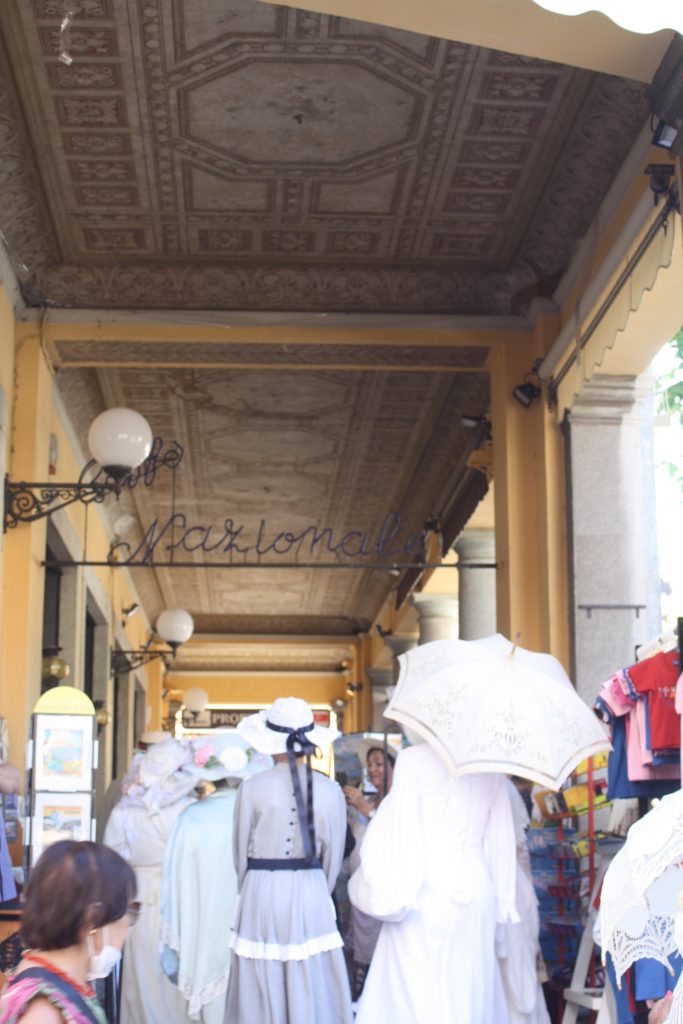
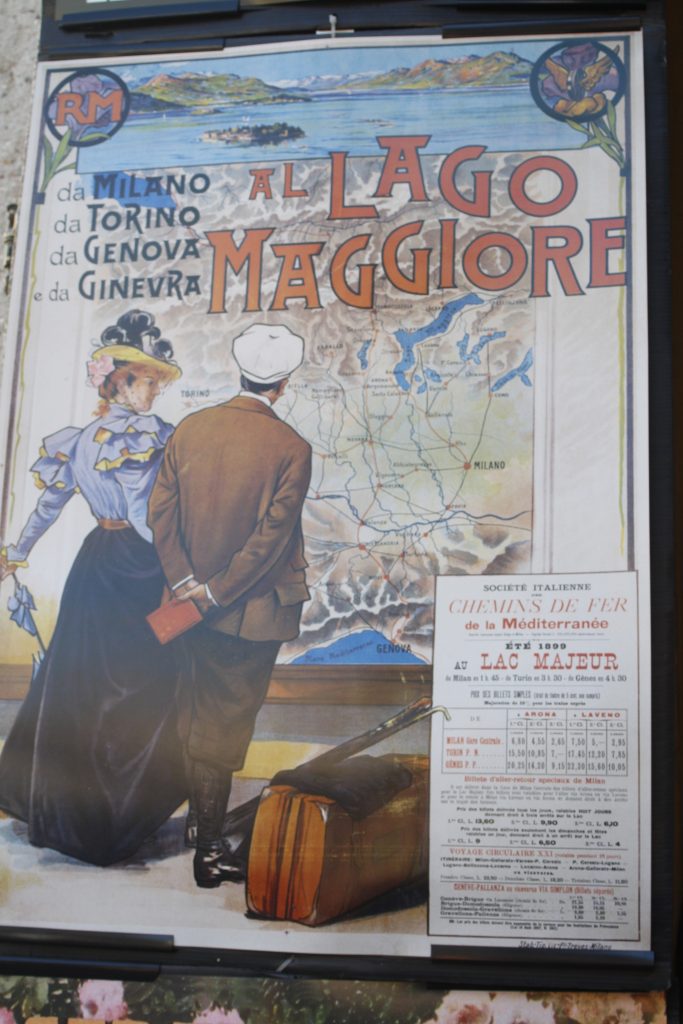
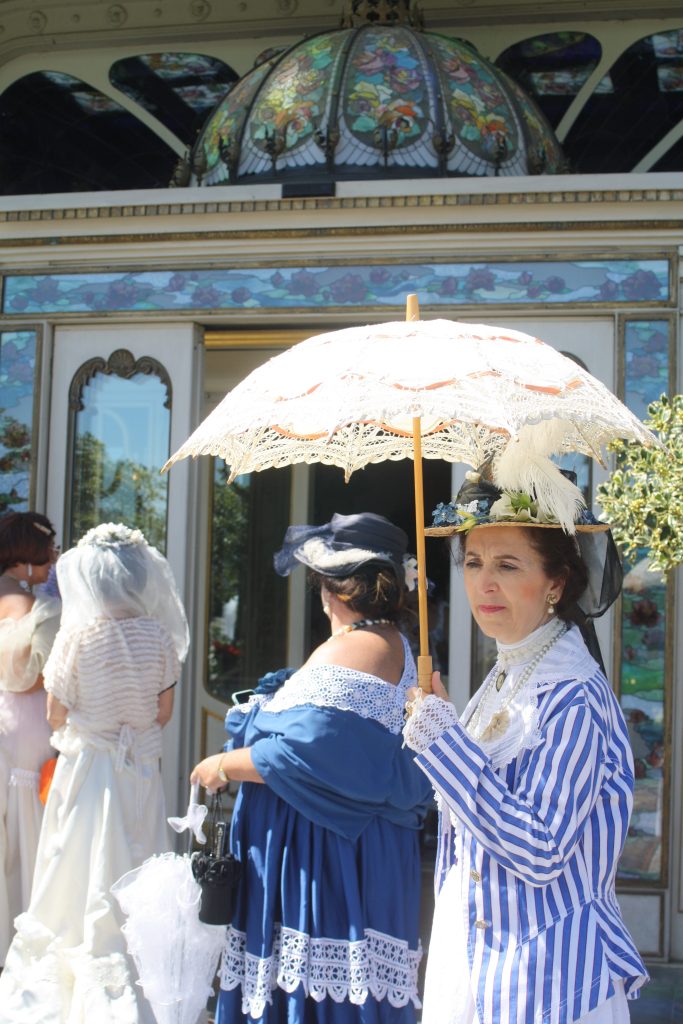
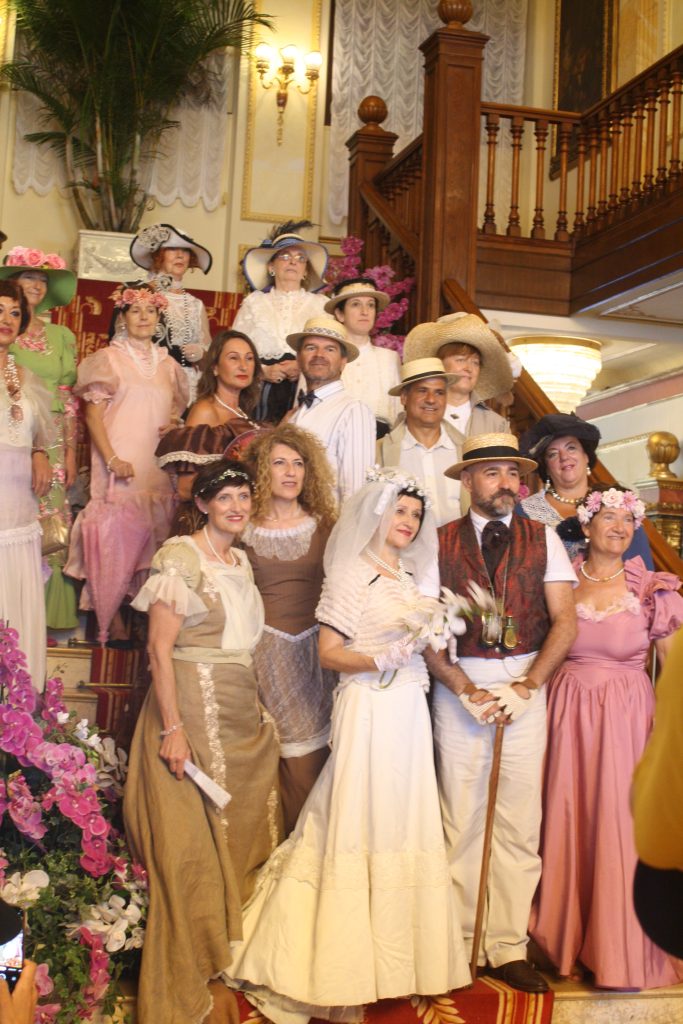
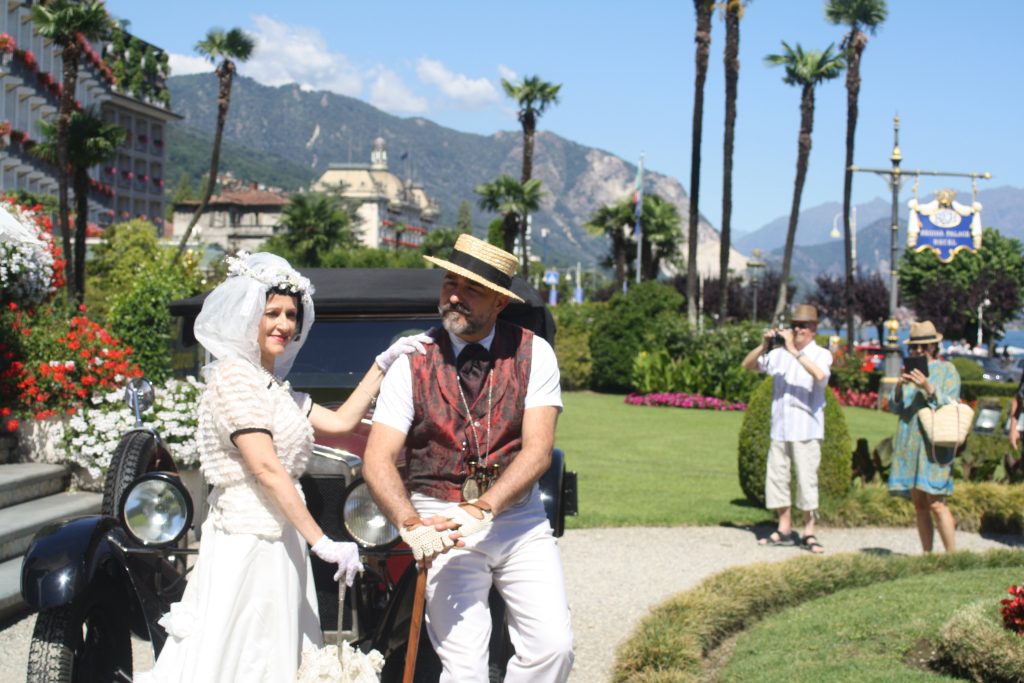
MILLESIMO
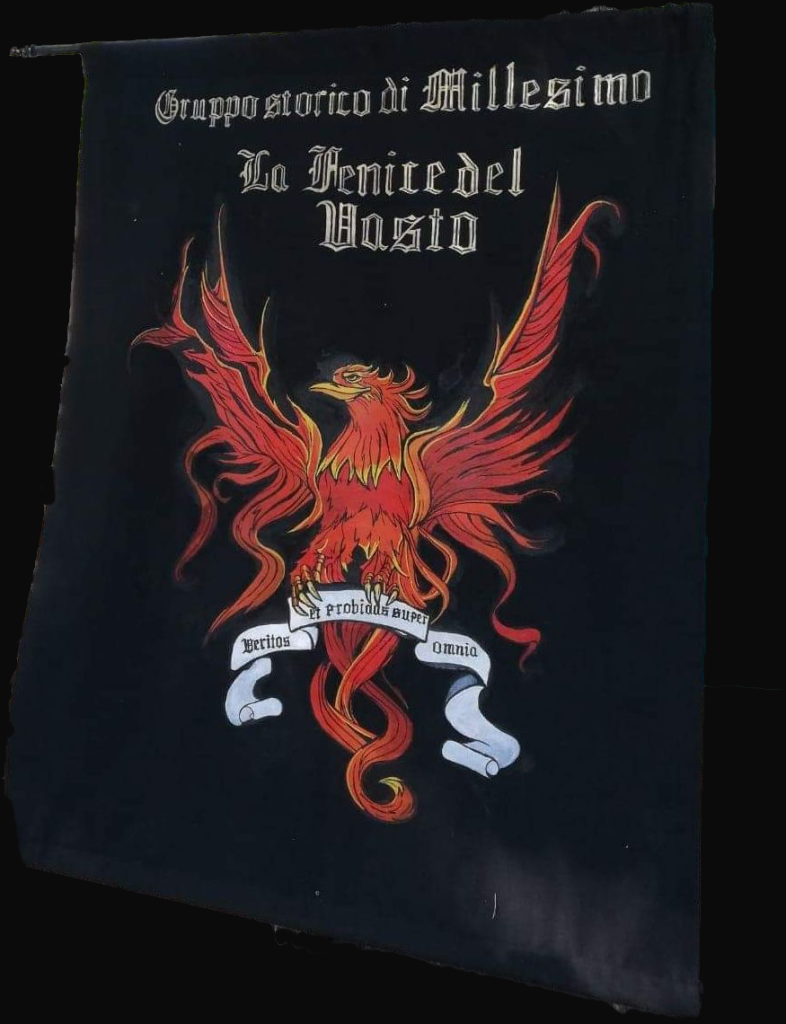
GRUPPO STORICO LA FENICE DEL VASTO
Il Gruppo Storico di Millesimo “La Fenice del Vasto” ripropone attraverso la rievocazione storica uno spaccato di vita medievale del XIII secolo.
Nello specifico viene rappresentato l’anno 1210, dove rievochiamo una guarnigione a guardia della via d’accesso al borgo di Millesimo (la gaietta), con relativi arti e mestieri dell’epoca.
All’occorrenza il gruppo può rievocare anche il periodo dell’anno 1350, dove si presenta in veste di guarnigione a difesa del castello di Millesimo, con mercanti e nobili al seguito.
Nel secondo periodo (1350) vengono usate le armature pesanti nei combattimenti.
Oltre alla rievocazione storica, gli schermidori della Fenice del Vasto partecipano ai tornei di scherma storica sportiva.
Il Presidente del gruppo Storico è il Sig. Massimo Gazzano.
The Historical Group of Millesimo “La Fenice del Vasto” presents a cross-section of medieval life in the 13th century through historical re-enactment.
Specifically, the year 1210 is represented, where we recall a garrison guarding the access road to the village of Millesimo (the gaietta), with related arts and crafts of the time.
If necessary, the group can also recall the period of the year 1350, where it appears as a garrison defending the castle of Millesimo, with merchants and nobles in tow.
In the second period (1350) heavy armor was used in combat.
In addition to the historical re-enactment, the fencers of the Fenice del Vasto participate in historical sports fencing tournaments.
The President of the Historical group is Mr. Massimo Gazzano.
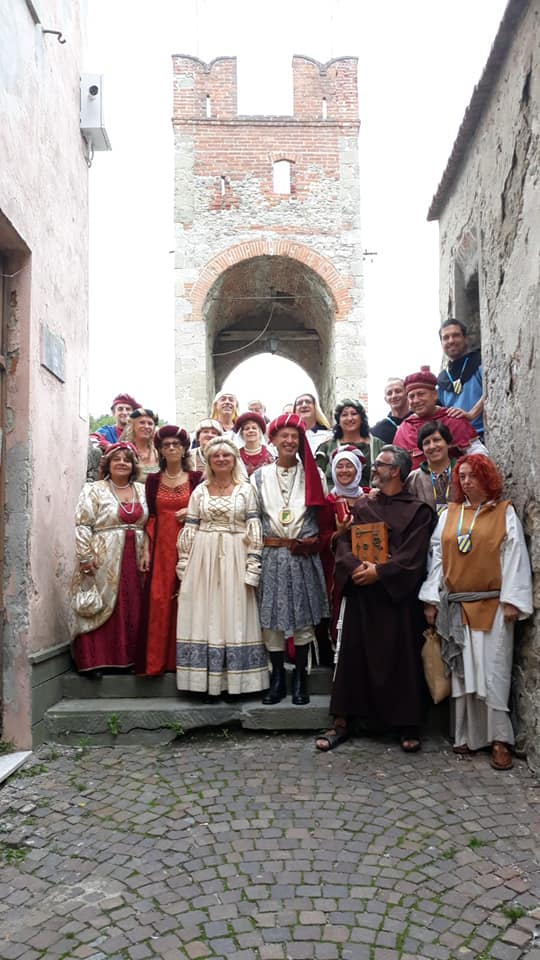
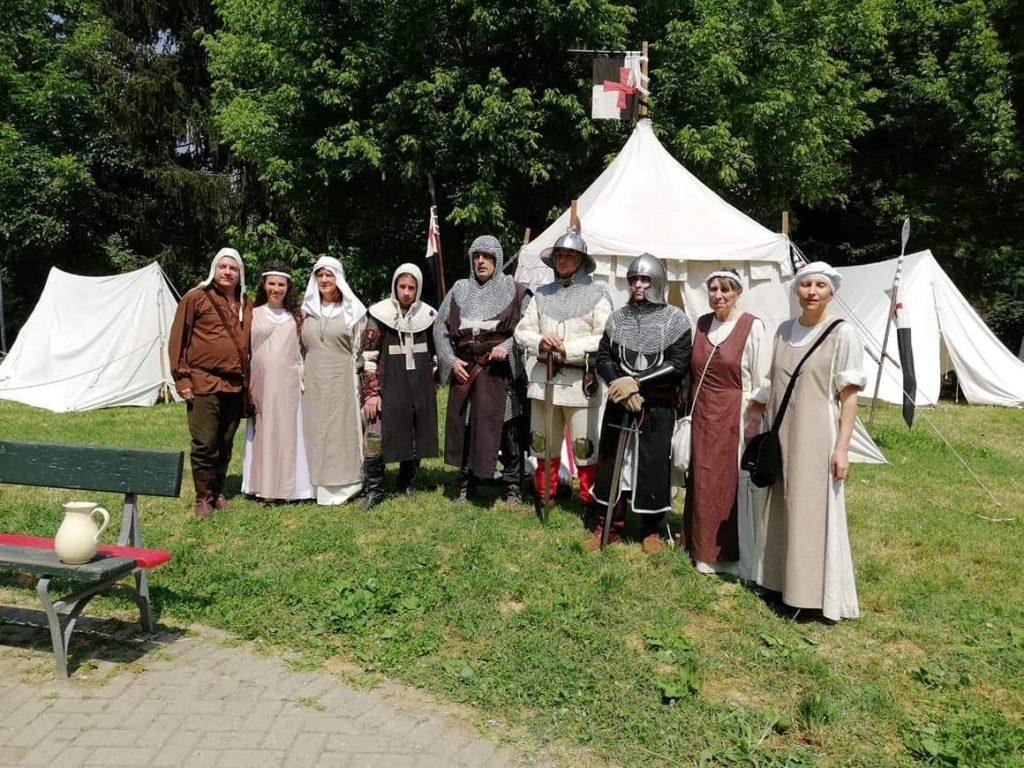
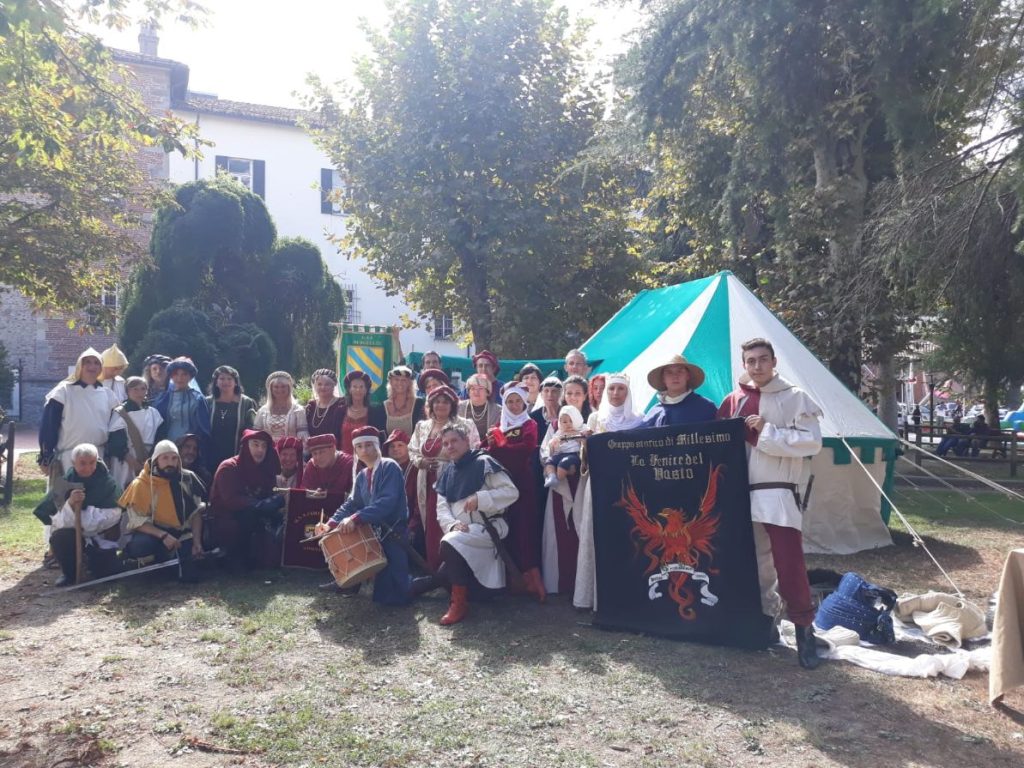
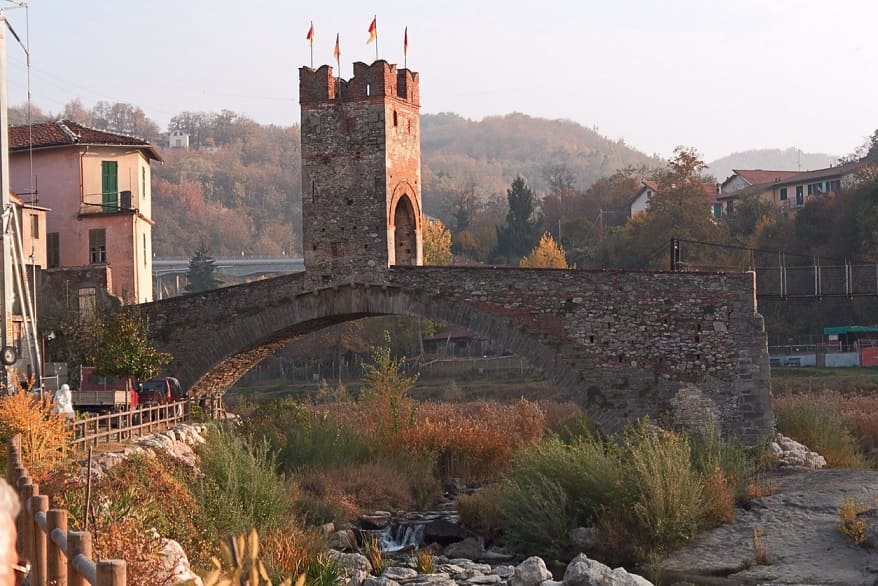
MONCALIERI BORGO SAN PIETRO
MARTIN, MARIANA E LE PAISANOTE
Esprimono l’identità contadina del borgo che dal ‘700 fino ai primi del ‘900 del secolo scorso, era composto
dalle uniche due cascine: Vignotto di Sotto e di Sopra, circondate esclusivamente da prati e vigne, alle porte di Moncalieri. I nostri personaggi vestono i tipici panni dei contadini dell’epoca e sono impersonati da:
Martin: Michele Daniello, Mariana: Luciana Bagno, Paisanote: Anna Coccolotto – Rosalba Bagno – Grazia Camosso e il Paisan Daniele Ghia. Il nostro gruppo ha partecipato a sfilate in Piemonte, Liguria, Valle d’Aosta. A Parma col Coordinamento Maschere Italiane e a Roma all’Udienza del mercoledì da Papa Francesco.
They express the peasant identity of the village which from the 1700s to the early 1900s was made up
of only two farms: Vignotto di Sotto and di Sopra, surrounded exclusively by meadows and vineyards, at the gates of Moncalieri. Our characters wear the typical paesant clothes of the time and are played by: Martin Michele Daniello – Mariana Luciana Bagno – Paisanote Anna Coccolotto – Rosalba Bagno – Grazia Camosso and the Paisan Daniele Ghia. Our group has participated in various parades in Piedmont, Liguria, Aosta Valley. In Parma with the Coordination of Italian Masks and in Rome at the Wednesday Audience with Pope Francis.
Contatti:
Daniello Michele – Responsabile
Email: m_daniello1@tin.it
Cell. 338/9717573
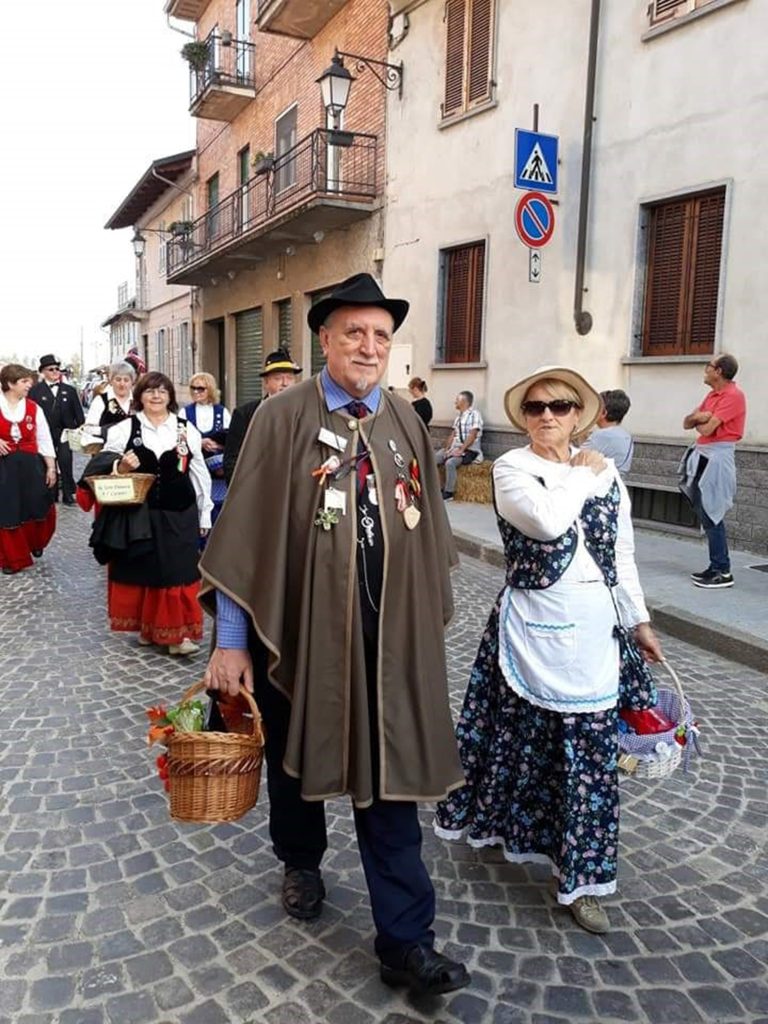
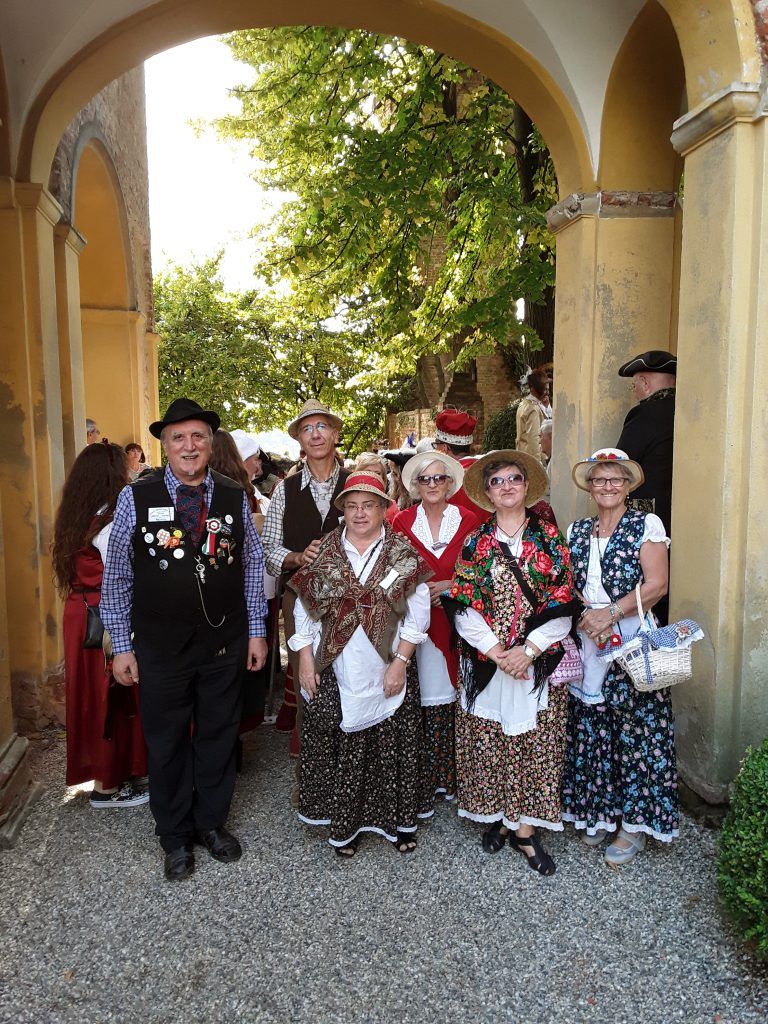
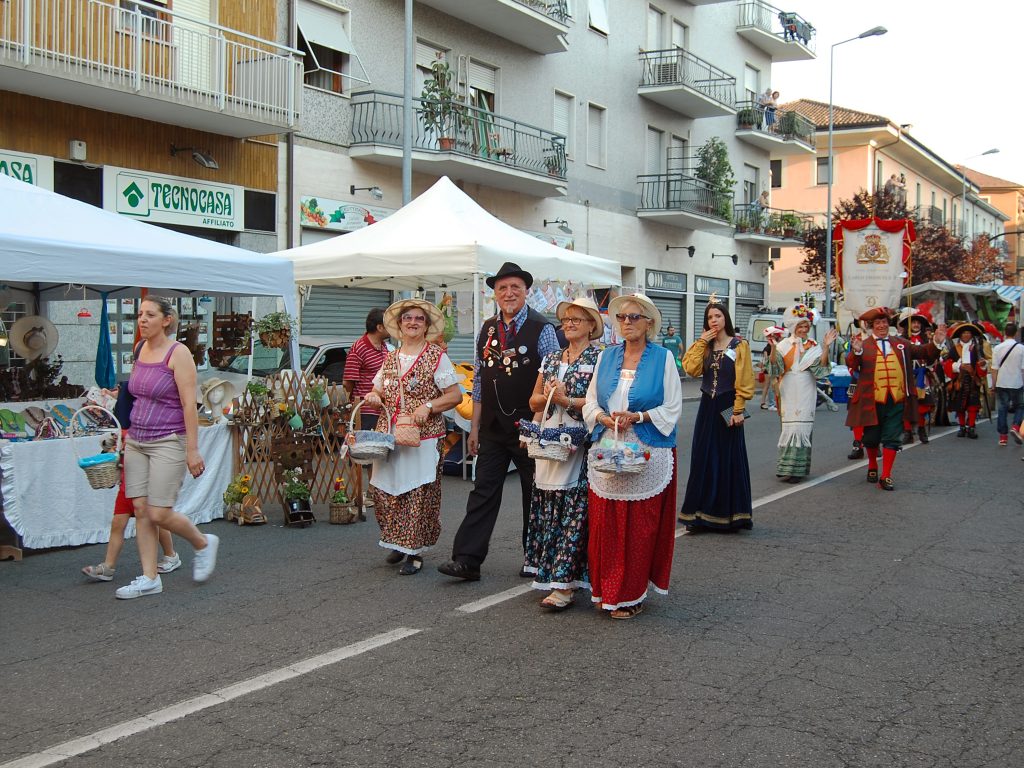
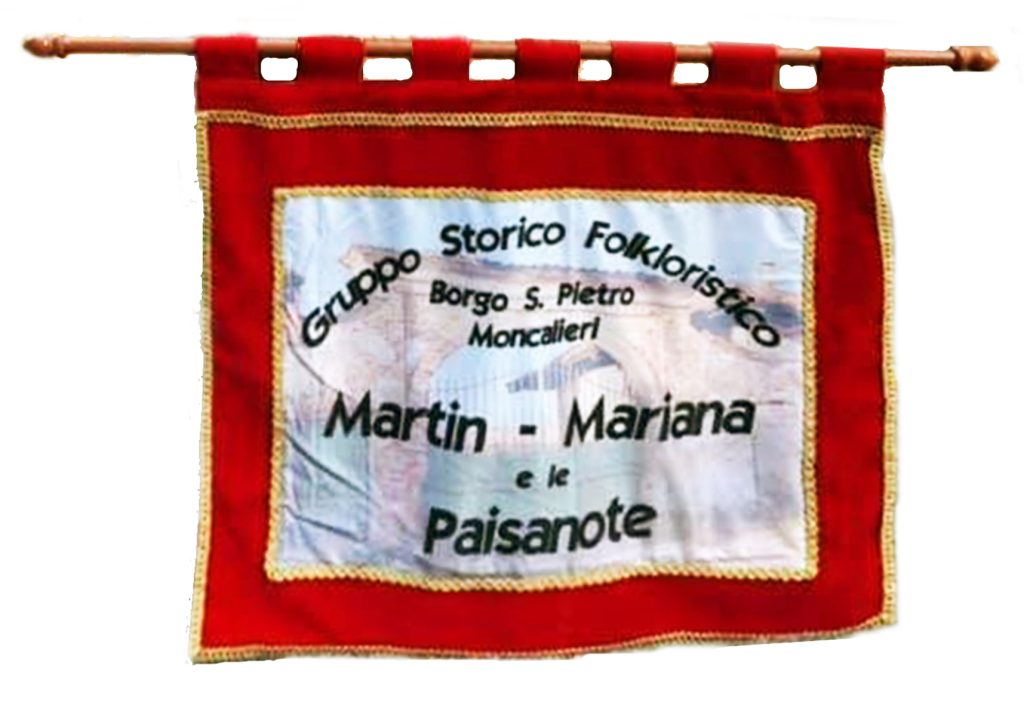
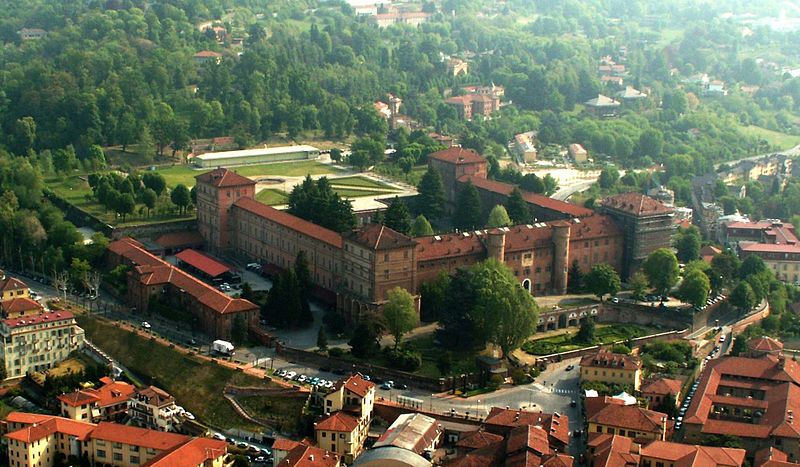
MONCALIERI
LA LUNETTA
Moncalieri è la “città della luna” legata ad una canzone dialettale ottocentesca il cui titolo è “Spunta ‘l sol e la luna, la luna ‘d Moncalè”, musicata da Leone Sinigaglia. Il motivo è dovuto al fatto che nel 1887, anticipando Torino, Moncalieri ebbe la luce elettrica pubblica in tutto il suo centro storico facendo così in modo che quella parte dell’abitato risplendesse di luce. Una storia vera che uno dei tanti verseggiatori improvvisò con le parole che associavano quella magia notturna alla luna ed a questa la magia dei giovani amori tramandandola fino ad oggi quando il personaggio “Lunetta”, istituito nel 1966 dalla Famija Moncalereisa, fa rivivere e cantare la canzone ai bambini, ai ragazzi ed agli adulti.
Moncalieri is the “city of the moon” linked to a nineteenth-century dialect song whose title is “Spunta ‘l sol e la luna, la luna ‘d Moncalè”, set to music by Leone Sinigaglia. The reason is due to the fact that in 1887, anticipating Turin, Moncalieri had public electric lighting throughout its historic centre, thus ensuring that that part of the town shone with light. A true story that one of the many versifiers improvised with words that associated that nocturnal magic with the moon and with this the magic of young love, passing it down to this day when the character “Lunetta”, established in 1966 by the Moncalereisa family, revives and sings the song for children, teenagers and adults.
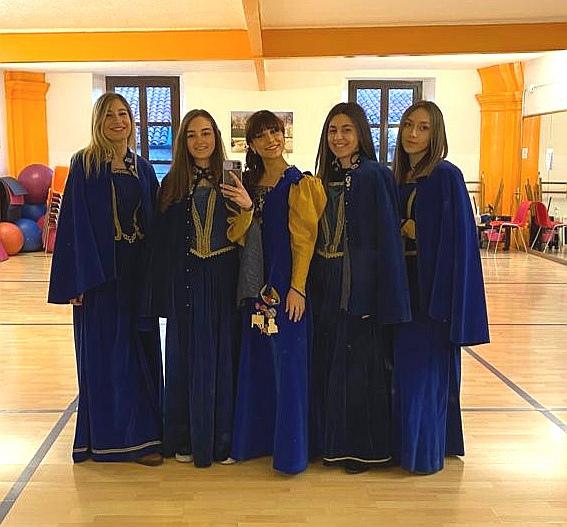
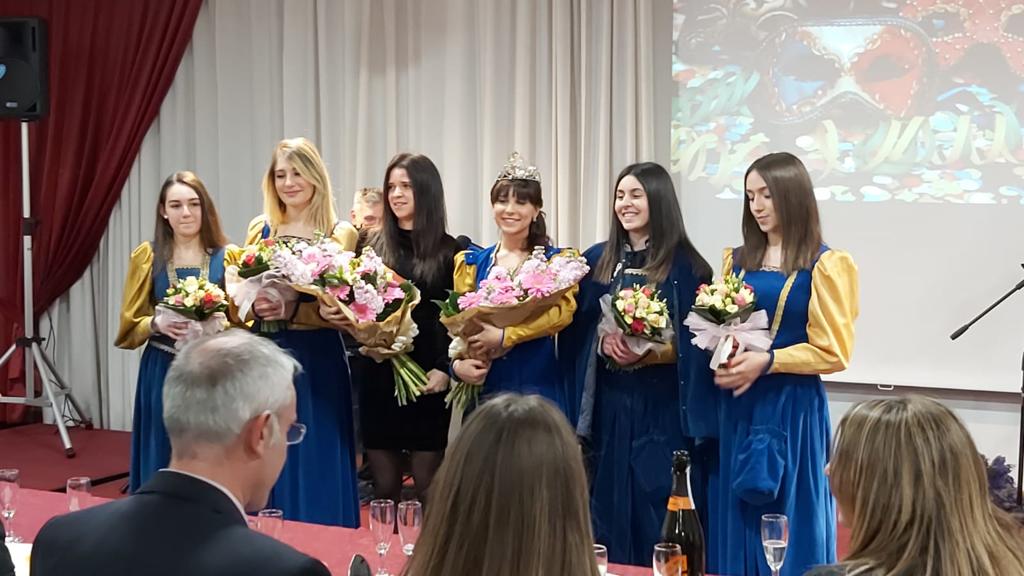
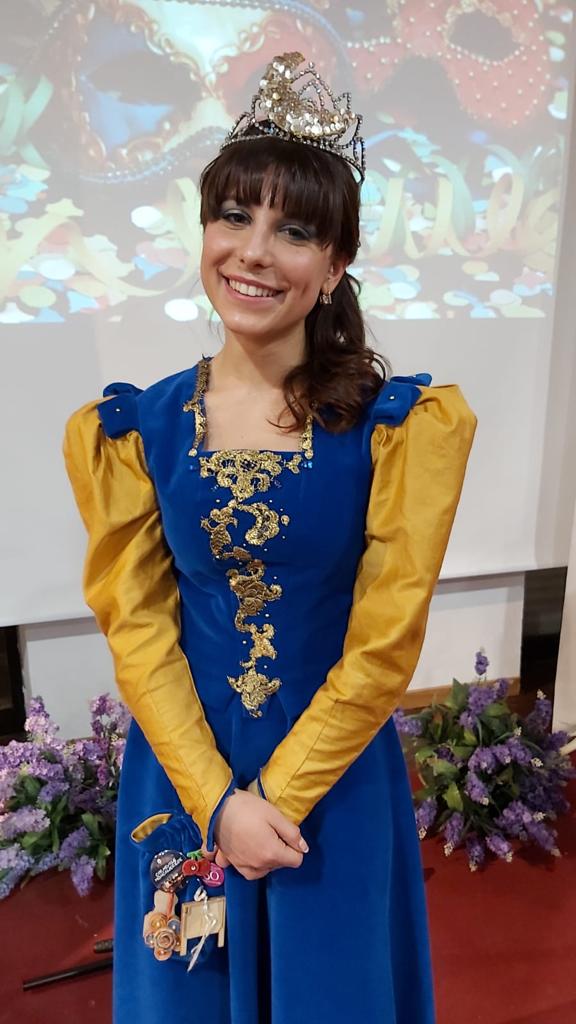
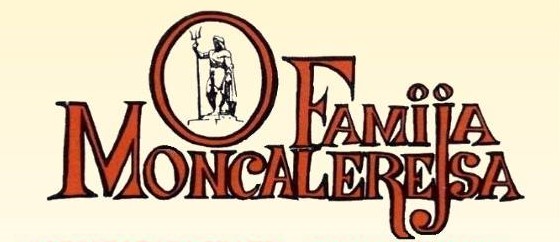
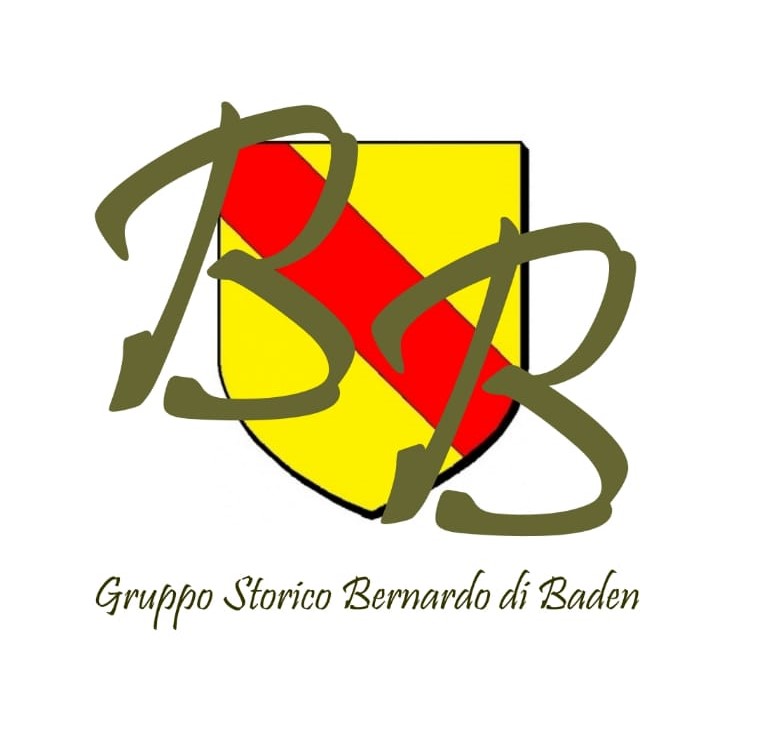
GRUPPO STORICO BERNARDO DI BADEN
Il gruppo storico Bernardo di Baden nasce nel 2015 con il benestare dell’Associazione per il gemellaggio di Baden-Baden, da un gruppo di amici accomunati dalla passione per le rievocazioni storiche concernenti il periodo medievale. Il gruppo decise di ricordare tramite il suo appellativo, il patrono della città di Moncalieri, il principe Bernardo, nato a Baden-Baden nel 1428, regione storica della Germania sud-occidentale, poi morto di peste a Moncalieri nel 1458, di ritorno da Genova per compiere una missione di pace. Il principe, dopo la morte, sarà ricordato a Moncalieri per le numerose opere miracolose come la guarigione di un moncalierese gravemente ammalato.
The Bernardo di Baden historical group was founded in 2015 with the approval of the Baden-Baden Twinning Association, by a group of friends united by a passion for historical re-enactments concerning the medieval period. The group decided to remember through its name the patron saint of the city of Moncalieri, Prince Bernard, born in Baden-Baden in 1428, a historical region of south-western Germany, who later died of the plague in Moncalieri in 1458, returning from Genoa to carry out a peacekeeping mission. The prince, after his death, will be remembered in Moncalieri for his numerous miraculous works such as the healing of a seriously ill Moncalieri resident.
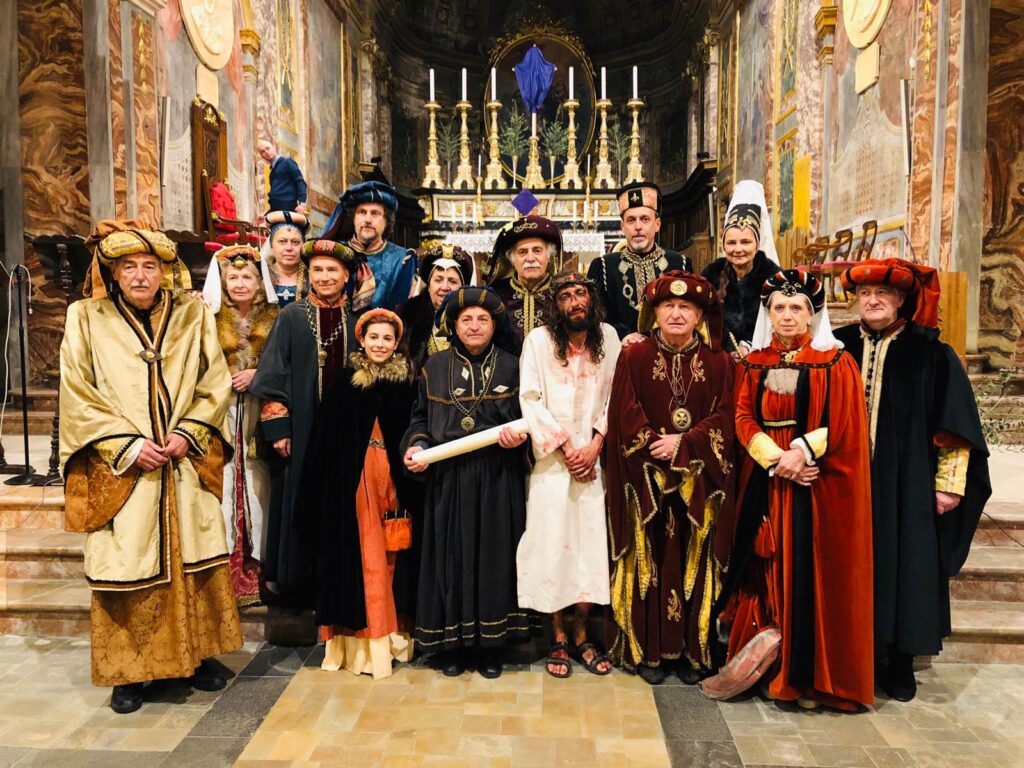
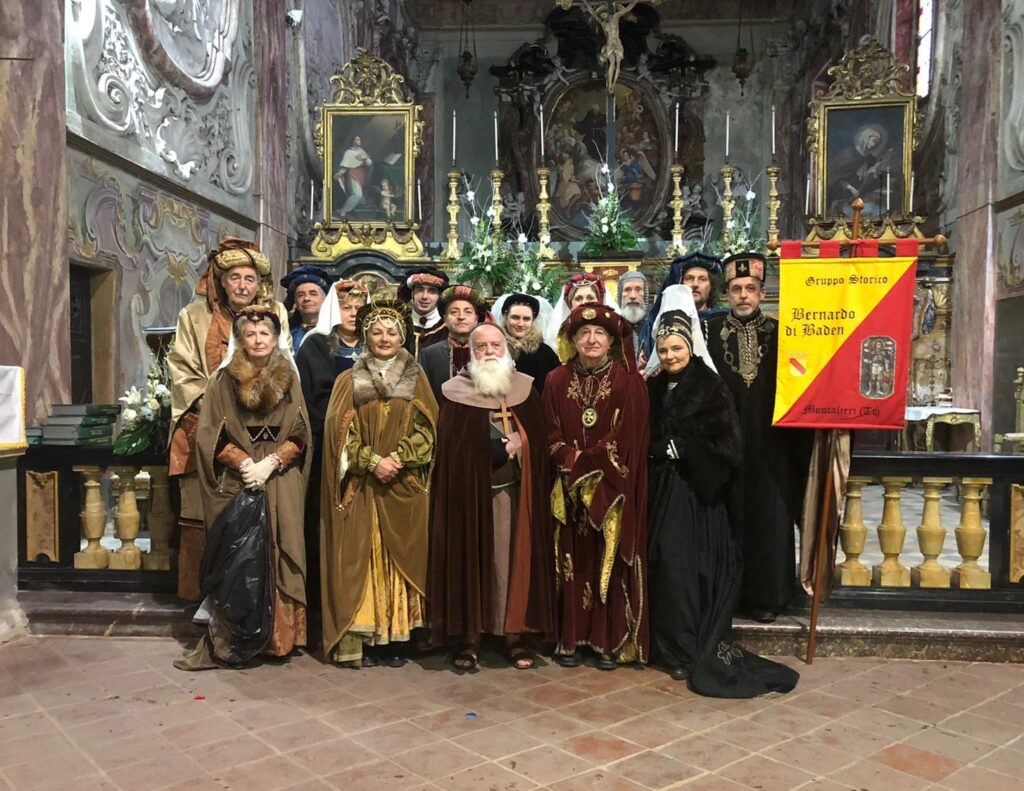
MONDOVÌ
IL MORO E LA SUA CORTE
Nella frazione Barchi di Eca Nasagò, nell’ alta val Tanaro, svetta ancora oggi una torre dei Saraceni, ovvero dei Mori. Era stata l’ultimo rifugio del re saraceno e dei suoi giannizzeri in lotta contro Ottone I, imperatore dei Germania e Re d’Italia, deciso a cacciarli da Piemonte e Liguria dopo settant’anni di scorrerie e di violenze. Il Moro, braccato dal furibondo imperatore, era assediato nella torre di Barchi. Ma si evitò la strage perché Ottone I, commosso dal ritrovamento della figlia e dalle sue suppliche, finì per amnistiare e perdonare tutti, Moro compreso. A questo e alla sua bella favorita concesse anzi di conservare la signoria sul Monte di Vico, naturalmente sotto l’alta sovranità imperiale; inoltre accordò al Moro la facoltà di ristabilire temporaneamente, negli ultimi giorni di ogni carnevale, una sovranità su tutti i territori che già appartenevano ai saraceni. In tali giorni, gli e sudditi dovevano rinnovare il giuramento di fedeltà al Moro e rendergli atto di solenne sottomissione in Mondovì. La storica vicenda viene così riproposta a Mondovì ogni anno con la rappresentazione della Corte del Moro (arricchita da un seguito di damigelle, armigeri e menestrelli) che, oltre a curarsi delle vicende carnevalesche della città, viene sovente invitata a far visita ad altri paesi vicini e lontani. Ogni edizione del Carnevale di Mondovì si apre con un gemellaggio con un’altra maschera tipica di una città o regione italiana per poi proseguire con il momento clou della manifestazione: le due sfilate di carri allegorici e gruppi mascherati.
In the Barchi hamlet of Eca Nasagò, in the upper Tanaro valley, a Saracen, or Moorish, tower still stands today. It had been the last refuge of the Saracen king and his janissaries fighting against Otto I, Emperor of Germany and King of Italy, determined to expel them from Piedmont and Liguria after seventy years of raids and violence. The Moor, hunted by the furious emperor, was besieged in the Barchi tower. But the massacre was avoided because Otto I, moved by the discovery of his daughter and by her pleas, ended up amnestying and pardoning everyone, including Moro. Indeed, he and his beautiful favorite allowed him to retain the lordship of Monte di Vico, naturally under the high imperial sovereignty; furthermore he granted the Moro the power to temporarily re-establish, in the last days of each carnival, sovereignty over all the territories that already belonged to the Saracens. On these days, the subjects had to renew the oath of loyalty to the Moro and make an act of solemn submission to him in Mondovì. The historic event is thus revived in Mondovì every year with the representation of the Court of the Moor (enriched by an entourage of damsels, men-at-arms and minstrels) who, in addition to taking care of the carnival events of the city, are often invited to visit other nearby towns and far away. Each edition of the Mondovì Carnival opens with a twinning with another typical mask of an Italian city or region and then continues with the highlight of the event: the two parades of allegorical floats and masked groups.
esedramondovi@gmail.com
Andrea Tonello – presidente
esedramondovi@gmail.com
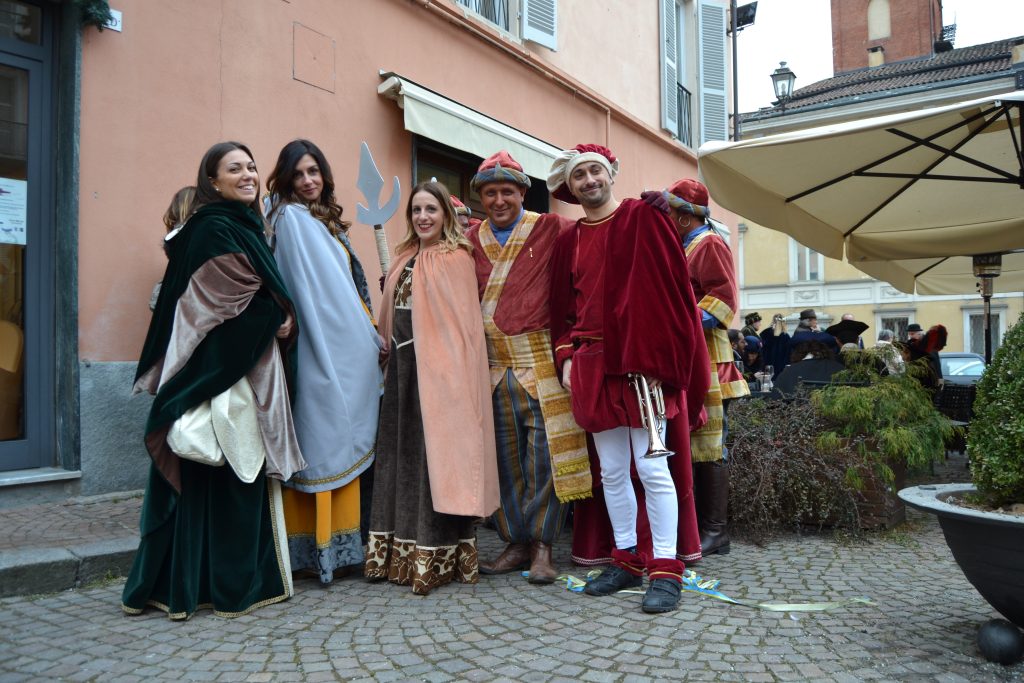
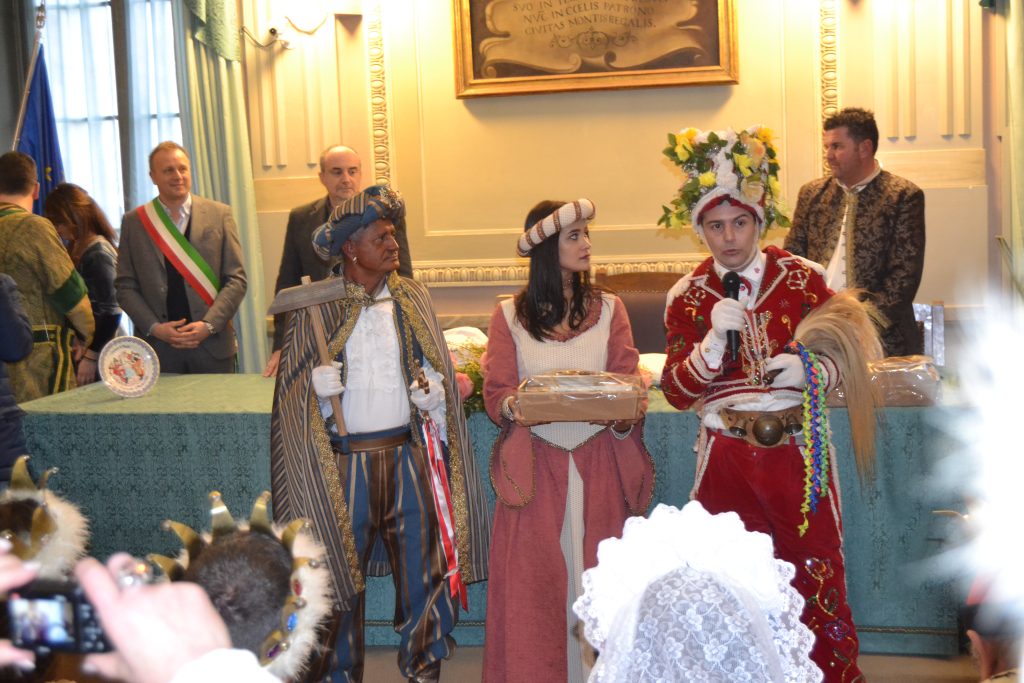
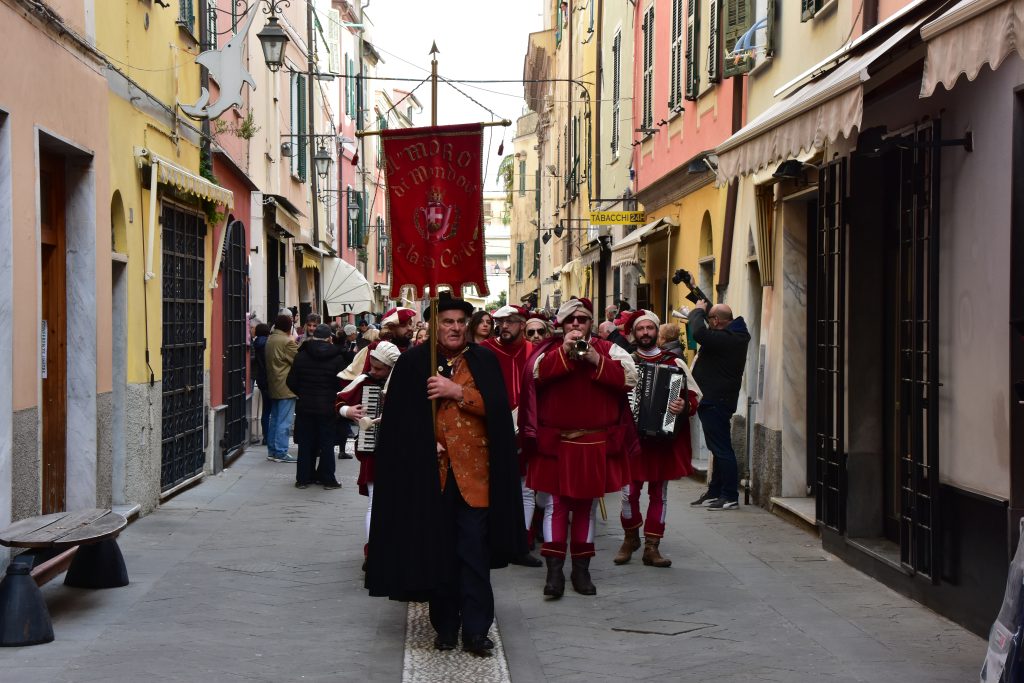
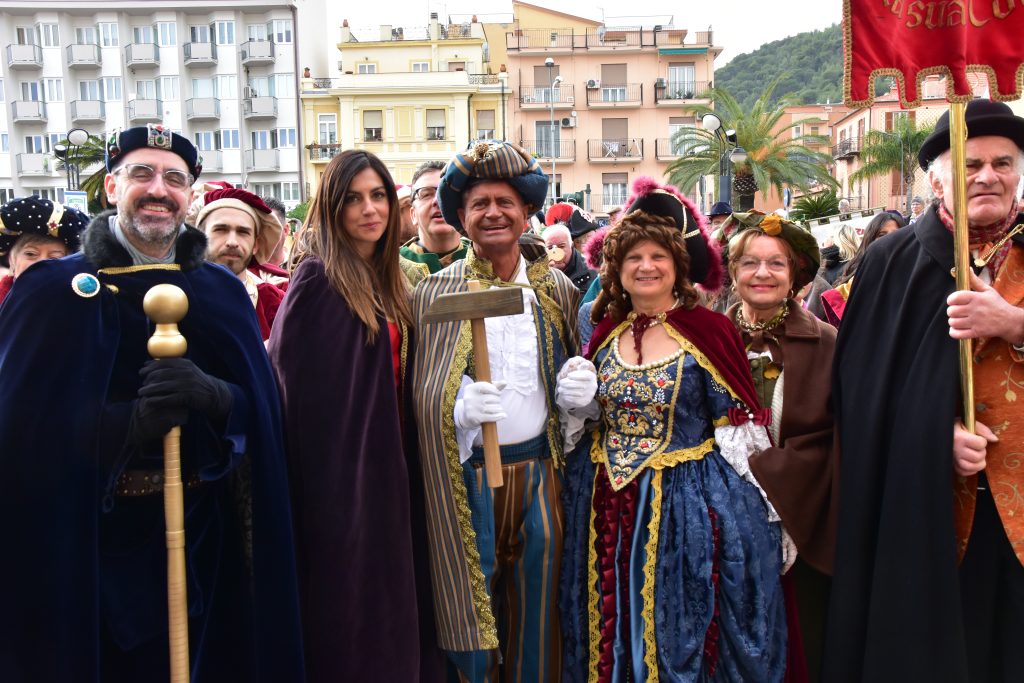
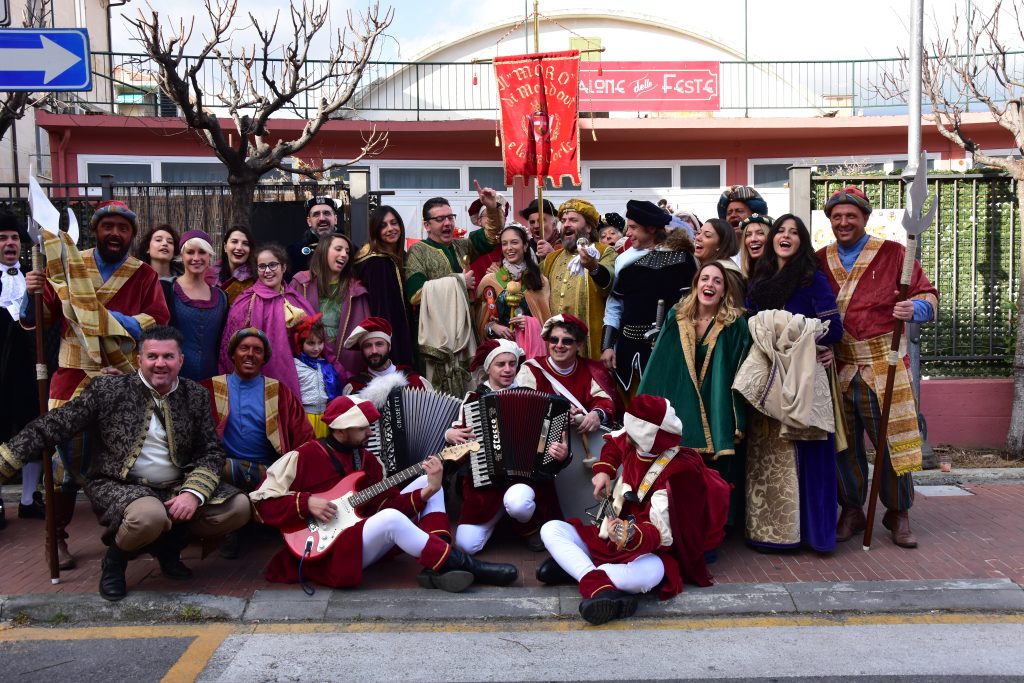
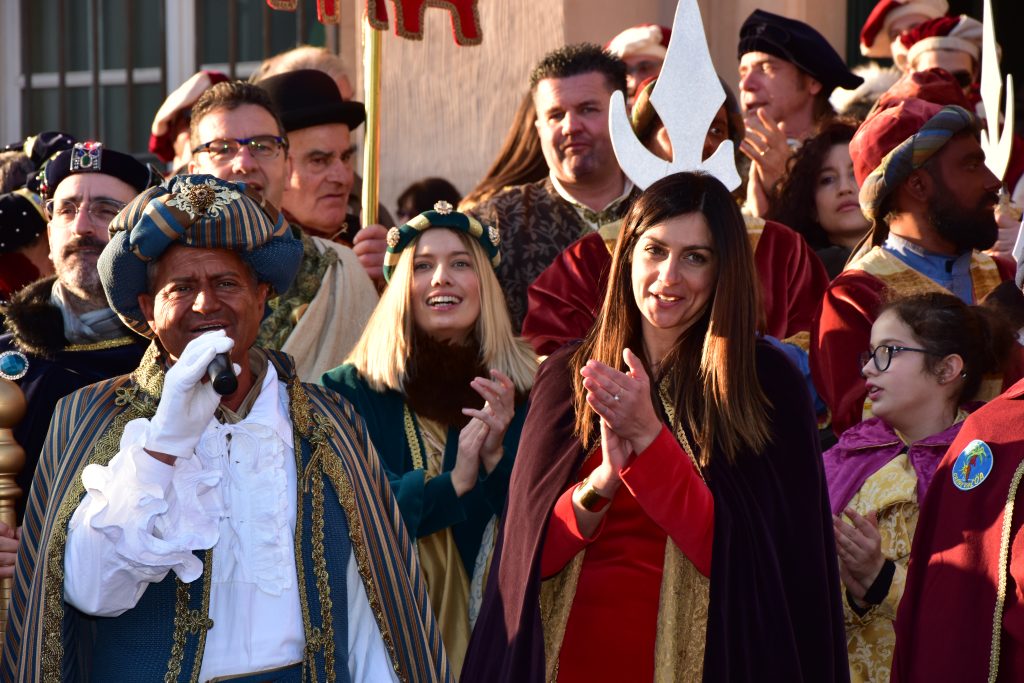
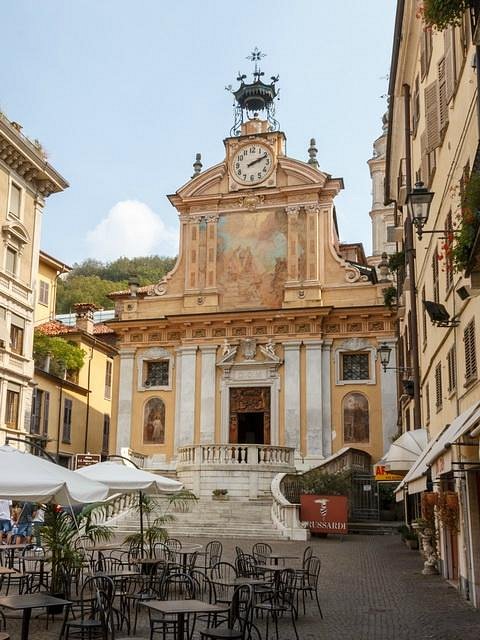
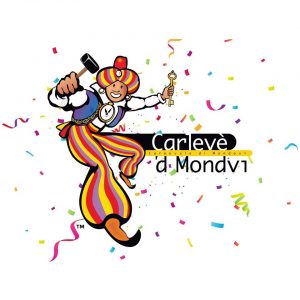
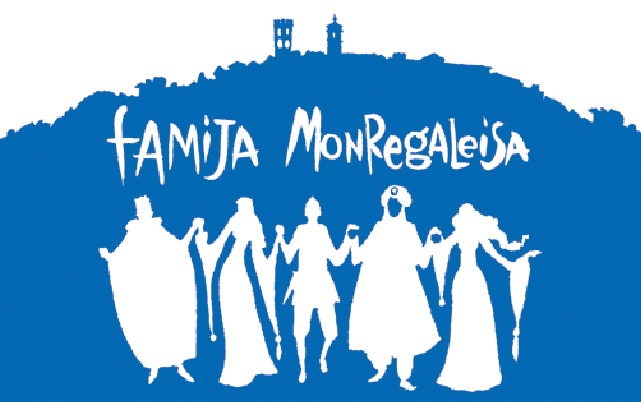
NAPOLI
PULCINELLA
Pulcinella è una delle maschere più famose della Commedia dell’Arte. Si distingue per il costume da “fantasma” caratterizzato da una camicia e pantaloni bianchi e un cinturone nero alla vita che mette in evidenza il pancione. Ha un cappello bianco a cono e una maschera nera con un grande naso aquilino. Travolto dall’istinto di conservazione, senza valori se non la vita, cerca di uscire dalla situazione in cui si è cacciato. Ѐ il protagonista delle farse popolari, il ruolo cambia: servo, capitano, vecchio o falegname; ma qualsiasi sia il mestiere, il suo ideale di vita è il dolce far niente. Ciro Giorgio è l’attore di cabaret e cantante che interpreta la maschera di Pulcinella.
Pulcinella is one of the most famous masks of the Commedia dell’Arte. It stands out for its “ghost” costume characterized by a white shirt and trousers and a black belt around the waist that highlights the baby bump. He has a white conical hat and a black mask with a large aquiline nose. Overwhelmed by the instinct of self-preservation, with no values other than life, he tries to get out of the situation he found himself in. He is the protagonist of popular farces, the role changes: servant, captain, old man or carpenter; but whatever the profession, his ideal of life is sweet doing nothing. Ciro Giorgio is the cabaret actor and singer who plays the mask of Pulcinella
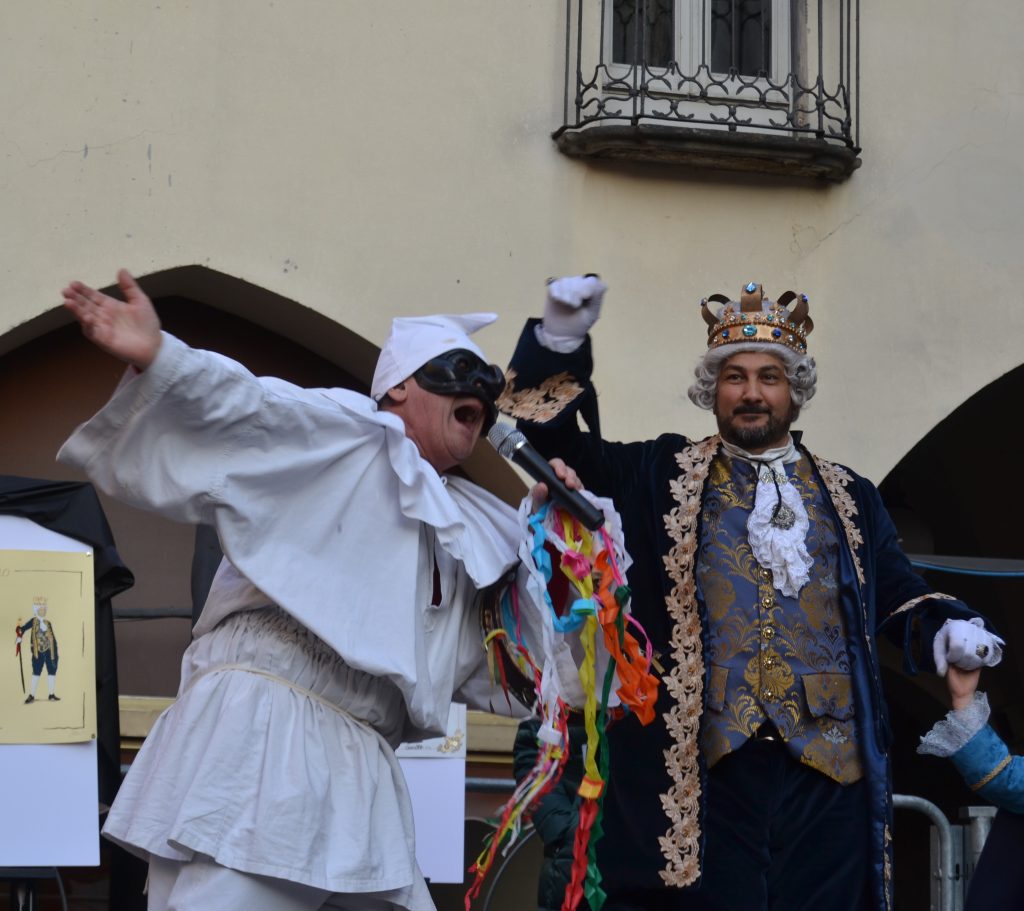

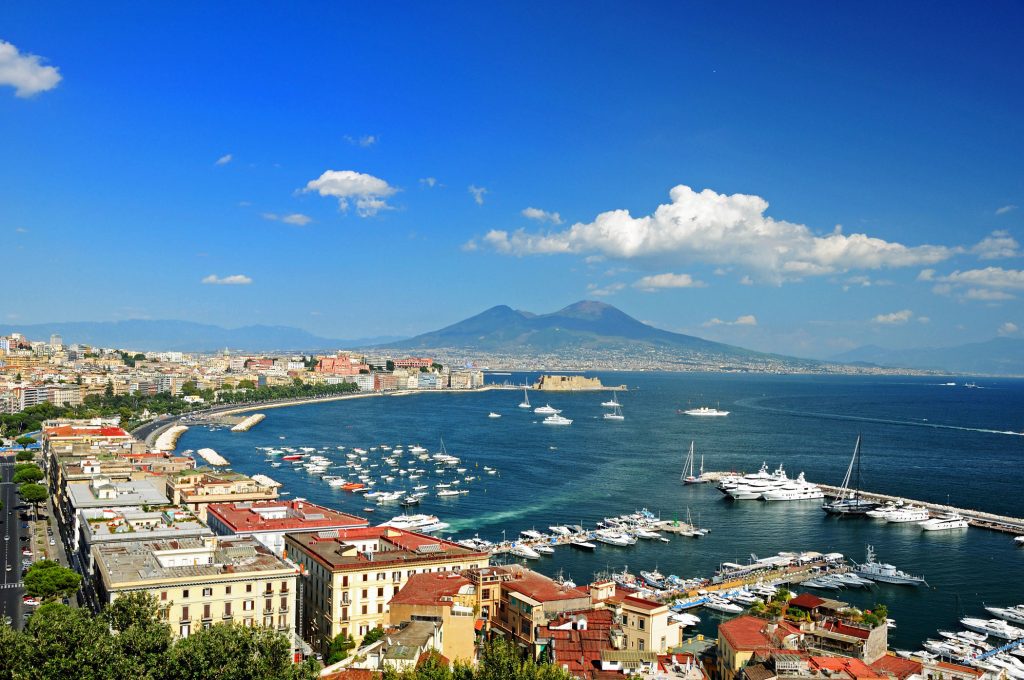
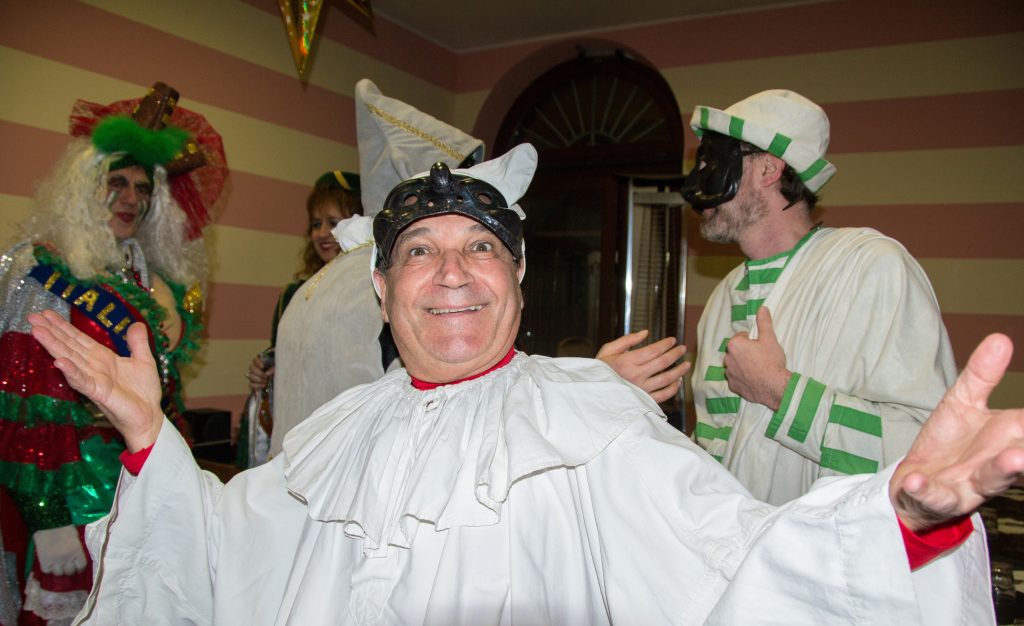
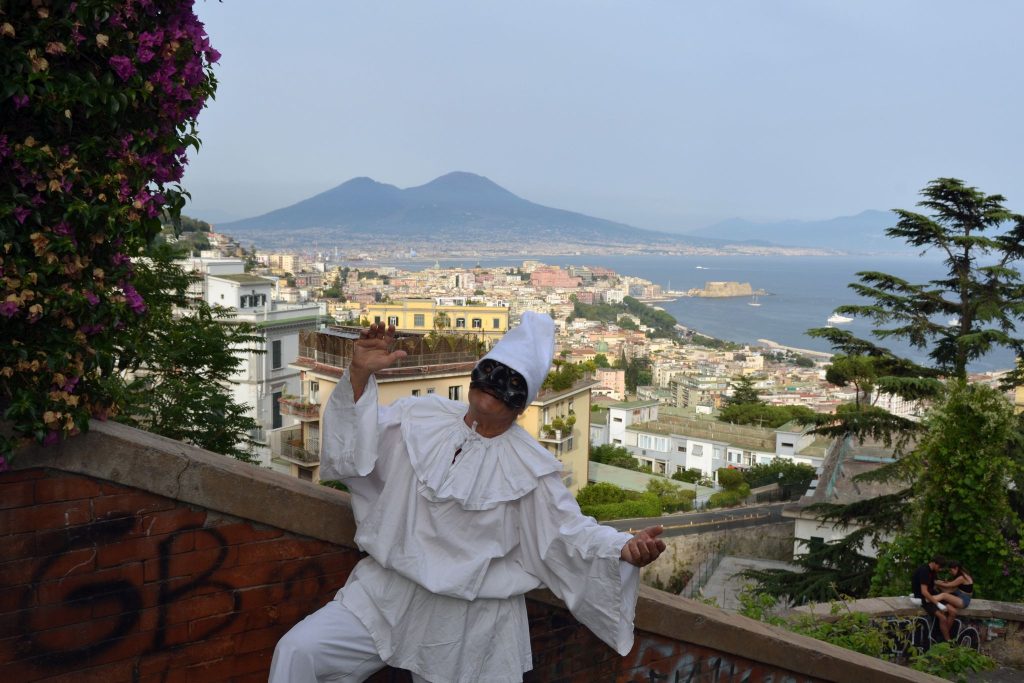
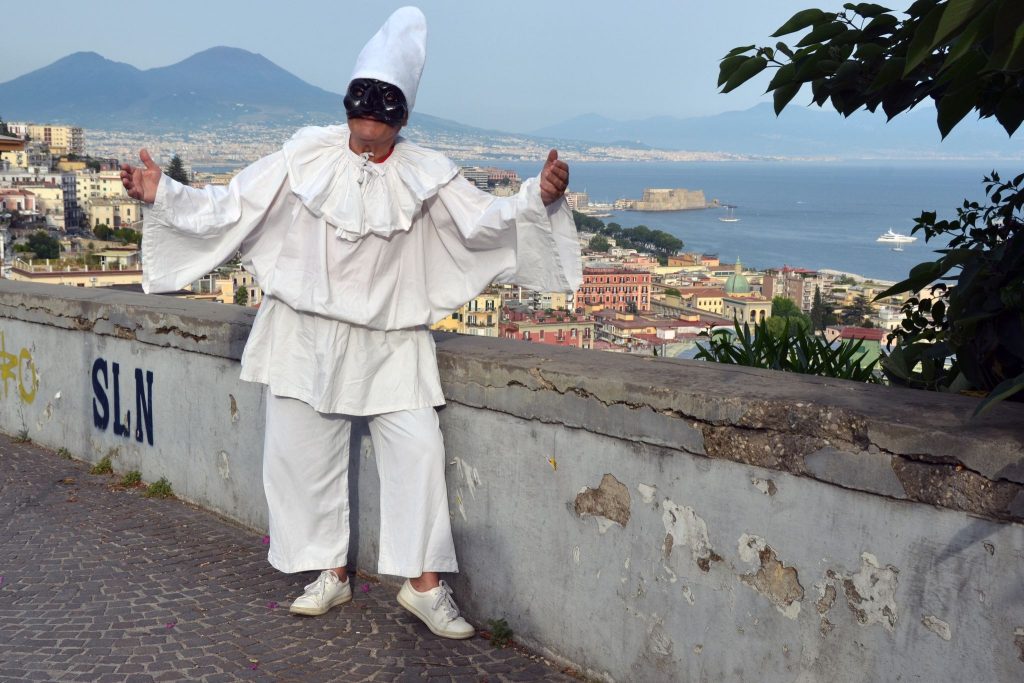
NICHELINO
MONSU’ PANATÈ E MADAMA FARINA
Le fonti storiche raccontano della nascita del “feudo di Nichilino” assegnato dietro versamento di “lire dieci milla” dal Conte Niccolò Manfredo Occelli a Vittorio Amedeo II. All’epoca esistevano: la borgata Palazzo (importante per numero di abitanti e attività) e la Borgata Nichelino che pur essendo meno abitata era considerata la più importante in quanto si raccoglieva intorno al castello che la famiglia Occelli aveva acquistato nel 1619 e soprattutto perchè comprendeva un forno pubblico, un locale adibito a Tribunale e la cappella della Beata Vergine delle Grazie per la celebrazione delle funzioni religiose. L’appartenenza al feudatario e la presenza di “servizi” di pubblica utilità spiega l’estensione del toponimo Nichelino all’intero territorio costituitosi in comunità nel 1694.
Rifacendosi alla storia della Borgata Nichelino e alla comunità che l’ha composta ci siamo ispirati per la creazione della maschera Monsu’ Panatè, il panettiere… senza il quale il forno pubblico non avrebbe potuto funzionar.
Ma si sa… non c’è pane senza farina! Per questo, a ricordo della gente di Nichelino che si dedicava alla coltivazione del grano nei terreni agricoli di Stupinigi e che, nei periodi di trebbiatura si ritrovava nei poderi a festeggiare il raccolto, è nata la maschera di Madama Farina.
Monsù Panatè e Madama Farina sono maschere semplici, che con i loro abiti popolani nei colori del grano, rappresentano i nichelinesi che grazie alla coltivazione del grano trasformato in farina unita ad acqua e sale integrale, producevano il pane alimento che garantiva benessere e salute per tutti a prescindere dall’appartenenza sociale.
Questi sono gli ingredienti che ancora oggi vengono usati nella filiera della farina di Stupinigi dando impulso alle attività agricole delle cascine storiche che fanno da corona alla Palazzina di Caccia di Stupinigi e che, attenendosi scrupolosamente ai principi antichi della loro lavorazione, producono un pane dal sapore antico, intenso e profumato, dato solo dall’unione di ingredienti naturali senza aggiunta di additivi, aromi e miglioratori.
Monsu’ Panatè e Madama Farina grazie alla capacità di attrattiva delle maschere allegoriche rappresentano tutto questo divenendo, pur se appena nate, il veicolo privilegiato per diffondere i valori tradizionali della “Nichelino e Stupinigi antiche”.
Tanti sono i detti piemontesi che usano la simbologia del pane e della farina per diffondere “perle di saggezza popolare” nella descrizione di situazioni quotidiane. Alcuni esempi:
– Vende pi el brenn che la farina Vendere più la crusca che la farina (riuscire meglio da giovane che da vecchio)
– Fé ed farina per so sac Fare farina per il proprio sacco (pensare a se stesso)
– Nen esse farina da fé d’ostie Non essere farina da fare ostie (non essere uno stinco di santo)
– A l’e’mej ande’dal panate che dal dutur (è meglio andare dal panettiere che dal dottore)
Historical sources tell of the birth of the “fiefdom of Nichilino” assigned upon payment of “ten thousand lire” by Count Niccolò Manfredo Occelli to Vittorio Amedeo II. At the time there existed: the Palazzo hamlet (important in terms of number of inhabitants and activities) and the Nichelino hamlet which, despite being less inhabited, was considered the most important as it was gathered around the castle that the Occelli family had purchased in 1619 and above all because it included a public oven, a room used as a Court and the chapel of the Blessed Virgin of Graces for the celebration of religious functions. Belonging to the feudal lord and the presence of public utility “services” explains the extension of the toponym Nichelino to the entire territory established as a community in 1694.
Referring to the history of Borgata Nichelino and the community that made it up, we were inspired to create the mask Monsu’ Panatè, the baker… without whom the public bakery would not have been able to function.
But you know… there is no bread without flour! For this reason, in memory of the people of Nichelino who dedicated themselves to the cultivation of wheat in the agricultural lands of Stupinigi and who, during the threshing periods, found themselves in the farms to celebrate the harvest, the mask of Madama Farina was born.
Monsù Panatè and Madama Farina are simple masks, who with their popular clothes in the colors of wheat, represent the people of Nichelino who, thanks to the cultivation of wheat transformed into flour combined with water and whole salt, produced bread, a food that guaranteed well-being and health for all regardless of social affiliation.
These are the ingredients that are still used today in the Stupinigi flour supply chain, giving impetus to the agricultural activities of the historic farms that surround the Palazzina di Caccia di Stupinigi and which, scrupulously adhering to the ancient principles of their processing, produce a bread with a ancient, intense and fragrant, given only by the union of natural ingredients without the addition of additives, flavorings and improvers.
Monsu’ Panatè and Madama Farina, thanks to the attractiveness of their allegorical masks, represent all this, becoming, even if they were just born, the privileged vehicle for spreading the traditional values of the “ancient Nichelino and Stupinigi”.
There are many Piedmontese sayings that use the symbolism of bread and flour to spread “pearls of popular wisdom” in the description of everyday situations. Some examples:
– Sells more bran than flour Selling bran more than flour (succeeding better when young than when old)
– Fé and flour for my sac Make flour for your own sack (think about yourself)
– Nen esse flour for making hosts Don’t be flour for making hosts (don’t be a saint)
– A l’e’mej ande’dal panate than dal dutur (it is better to go to the baker than to the doctor)
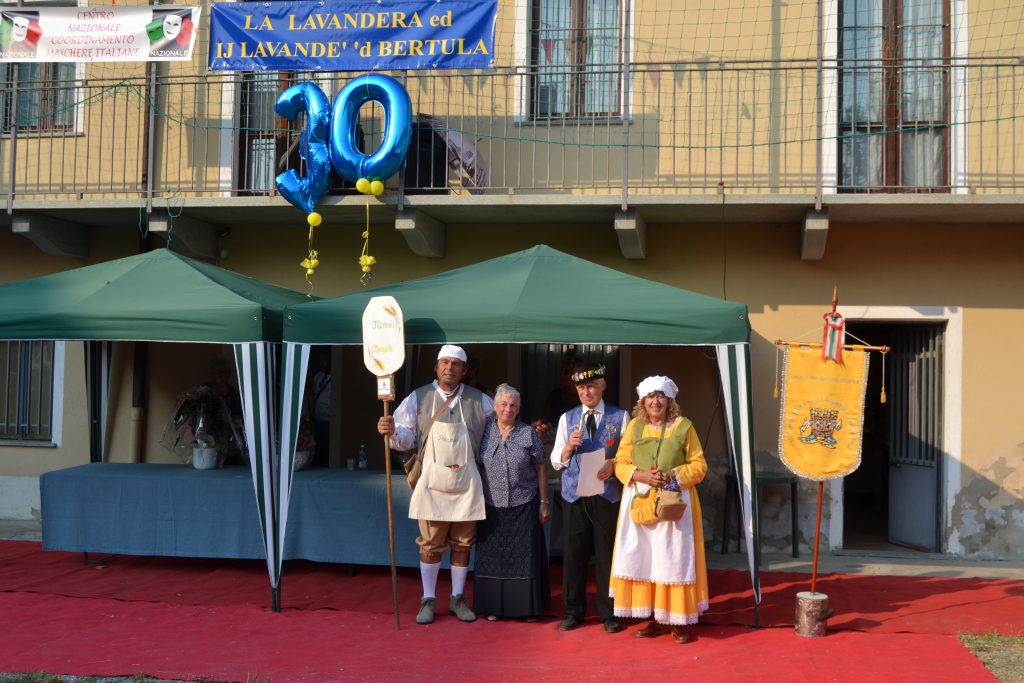

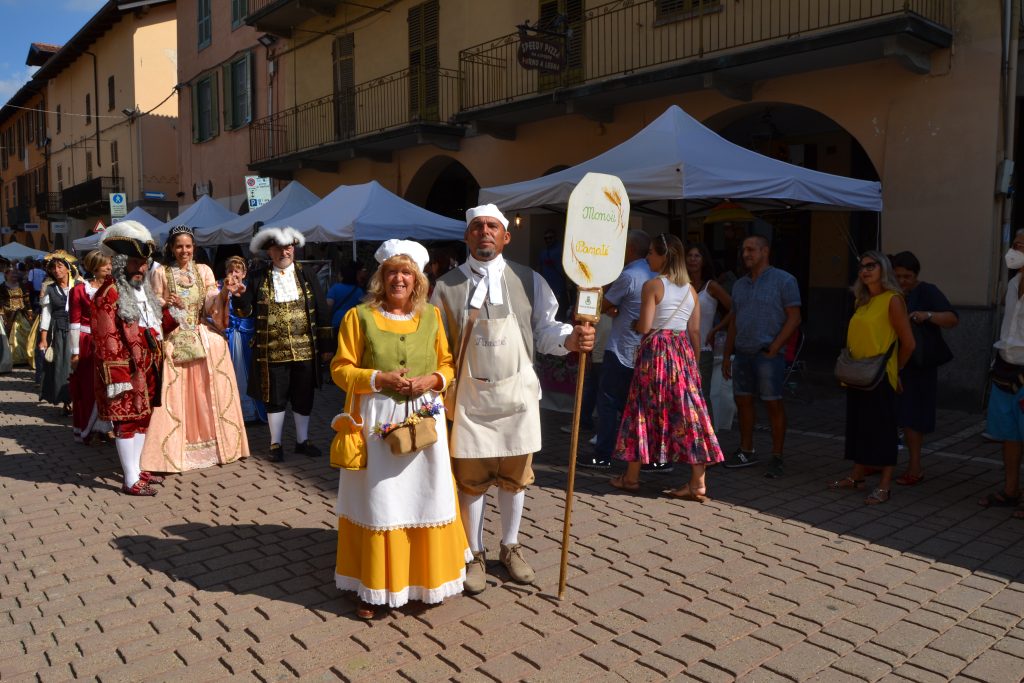
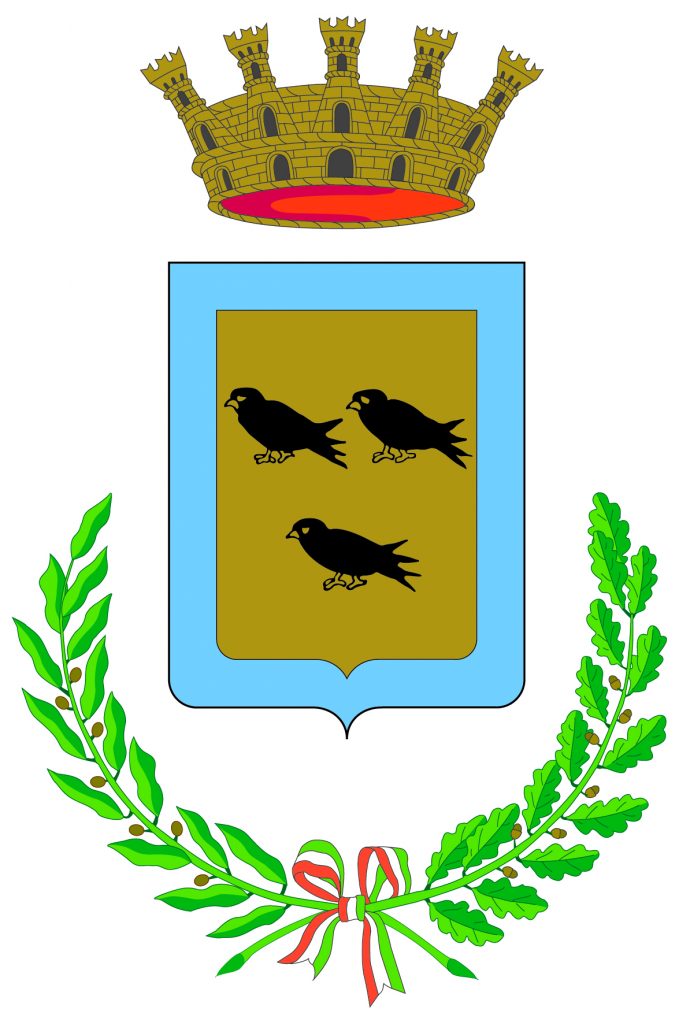
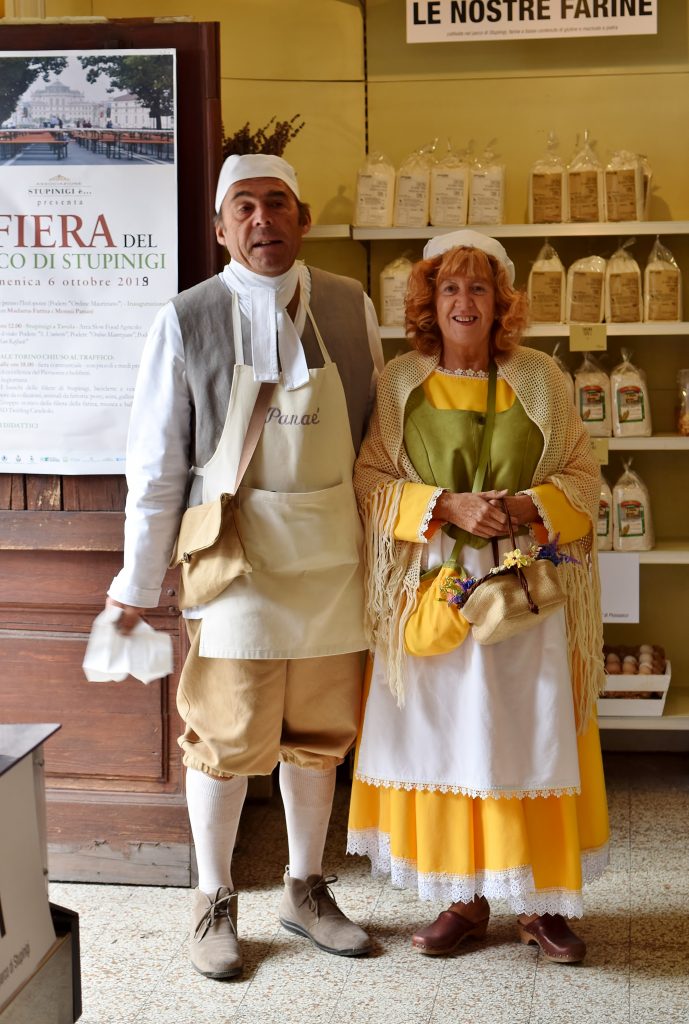
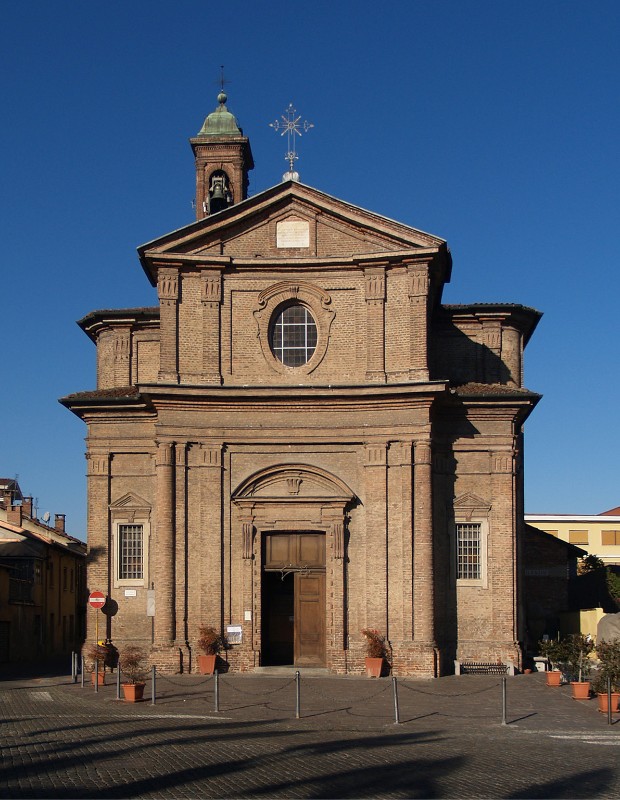
NOVARA
RE BISCOTTINO E LA REGINA CUNETTA
L’ Associazione Re Biscottino Onlus presenta i suoi personaggi Re Biscottino e Regina Cunetta.
La maschera di Re Biscottino nasce nel 1872, quando la città è stata ribattezzata per il Carnevale con il nome di “Biscottinopoli,” in onore ai rinomati biscotti di Novara.
La ricetta fu inventata da alcune monache verso la metà del 1500 e da allora è rimasta pressoché invariata, tanto da far divenire i biscotti un simbolo della Città di Novara.
La Regina Cüneta – oggi “interpretata” da Giusy Sardo – lega il suo nome a un importante canale, dal latino “Cuniculum”, realizzato dai Savoia intorno ai Baluardi di Novara.
La cunetta è stata l’opera più importante costruita dai novaresi per convogliare l’acqua piovana e la raccolta dei rifiuti.
Dalla sua realizzazione, l’aria di Novara è diventata più salubre e sono diminuite le epidemie. Se Re Biscottino giovava al portafoglio dei novaresi, la Cunetta ne favoriva idealmente la salute.
Il primo ad interpretare la figura di Re Biscottino è stato il Sig. Serazzi nel 1872, seguito nel 1885 dall’abate don Luigi Prina, affiancato per la prima volta dalla Regina Cunetta. Nel 1903 viene nominato Arturo Merati.
Dopo di lui vestono i panni del re il marchese Giulio Tornielli, il pittore Rinaldo Lampugnani e il figlio Achille Lampugnani, chirurgo di fama mondiale.
La maschera ha ripreso “colore” dopo la Seconda Guerra Mondiale e nel 1953 fu interpretata dal giornalista e attore Cesare Tamagni, poi nel 1955 da Eugenio Pistone, noto organizzatore di manifestazioni sportive, fino a Giulio Genocchio nel 1956, avvocato e notissimo poeta dialettale.
Tra gli anni Sessanta e gli anni Settanta però il Carnevale novarese perde importanza, per risollevarsi nel 1981 con la figura di Enrico “Ricu” Tacchini, che ha saputo riportare in auge le antiche tradizioni, coinvolgendo i novaresi.
Dopo circa vent’anni, nel 2002, lo scettro è passato a Sandro Berutti, affiancato da Giusy Sardo nei panni della Cüneta.
Nel 2017, a seguito di problemi di salute, prima della sua scomparsa, Berutti ha “abdicato” a favore di Renato Sardo, il suo più stretto collaboratore.
L’Associazione Re Biscottino di Novara Onlus è stata costituita il 18 aprile 2011 per volere di Sandro Berutti e Giusy Sardo, al fine di valorizzare e rilanciare le tradizioni del carnevale, attraverso il mantenimento e la divulgazione degli usi, della lingua e dei costumi locali, e promuovendo al contempo iniziative di beneficenza e di volontariato sul territorio locale, regionale e nazionale.
Oggi, l’Associazione Re Biscottino di Novara Onlus è conosciuta e apprezzata in tutta Italia per la qualità delle sue iniziative e partecipa alle manifestazioni carnevalesche più importanti d’Italia e d’Europa.
The Re Biscottino Onlus Association presents its characters Re Biscottino and Regina Cunetta.
The mask of King Biscottino was born in 1872, when the city was renamed for the Carnival with the name of “Biscottinopoli,” in honor of the renowned biscuits of Novara.
The recipe was invented by some nuns in the mid-1500s and since then it has remained almost unchanged, so much so that the biscuits have become a symbol of the City of Novara.
Queen Cüneta – today “played” by Giusy Sardo – links her name to an important canal, from the Latin “Cuniculum”, built by the Savoys around the Bastions of Novara.
The ditch was the most important work built by the people of Novara to convey rainwater and waste collection.
Since its creation, Novara’s air has become healthier and epidemics have decreased. If Re Biscottino benefited the wallets of the people of Novara, the Cunetta ideally favored their health.
The first to interpret the figure of King Biscottino was Mr. Serazzi in 1872, followed in 1885 by the abbot Don Luigi Prina, joined for the first time by Queen Cunetta. In 1903 Arturo Merati was appointed.
After him, the Marquis Giulio Tornielli, the painter Rinaldo Lampugnani and his son Achille Lampugnani, a world-famous surgeon, take on the roles of the king.
The mask regained “color” after the Second World War and in 1953 it was interpreted by the journalist and actor Cesare Tamagni, then in 1955 by Eugenio Pistone, a well-known organizer of sporting events, up to Giulio Genocchio in 1956, a lawyer and well-known dialect poet.
Between the 1960s and 1970s, however, the Novara Carnival lost importance, only to revive in 1981 with the figure of Enrico “Ricu” Tacchini, who was able to bring back the ancient traditions, involving the people of Novara.
After about twenty years, in 2002, the scepter passed to Sandro Berutti, supported by Giusy Sardo in the role of Cüneta.
In 2017, following health problems, before his death, Berutti “abdicated” in favor of Renato Sardo, his closest collaborator.
The Re Biscottino di Novara Onlus Association was established on 18 April 2011 at the behest of Sandro Berutti and Giusy Sardo, in order to enhance and relaunch the traditions of the carnival, through the maintenance and dissemination of local uses, language and customs. , and at the same time promoting charity and volunteering initiatives on the local, regional and national territory.
Today, the Re Biscottino di Novara Onlus Association is known and appreciated throughout Italy for the quality of its initiatives and participates in the most important carnival events in Italy and Europe.
